Navigating the Future: The Importance of Port Development in International Shipping
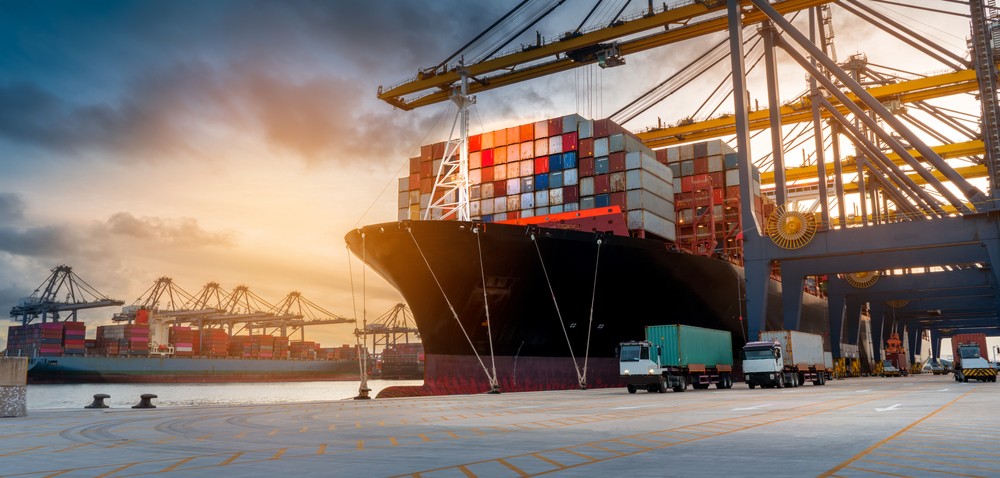
International shipping aids in the movement of goods across different countries. It will facilitate international trade and enable businesses to access markets beyond borders. It will lead to the exchange of services and goods locally.
The international shipping industrial sector is responsible for over 90% of world trade. The import and export of manufactured goods will not be possible without intercontinental trade, shipping, and the bulk transport of raw materials.
Ports work as gateways to international trade. It acts as the medium between land and sea networks. It facilitates the goods movement between borders. It also enables seamless imports, exports, and transit shipments. The importance of port development in international shipping contributes to lower transportation costs. Further, it minimizes lead times and enhances competitiveness across the global markets.
In this post, we will discuss the challenges in port development, economic impact, technological advancements, and environmental considerations.
Major Challenges Faced By Ports
Shipping ports face challenges such as congestion, environmental concerns, and technological demands. Let’s discuss them in detail;
Congestion
Ports face problems associated with congestion that leads to delays in vessel departures and arrivals. The problem leads to vessels waiting offshore for several days and sometimes even weeks before unloading cargo. So, the problem arises when the terminal is overburdened. This makes it incapable of accommodating incoming vessels.
Environmental Regulations
Ports are facing higher pressure to comply with environmental regulations. They are pressured to reduce their environmental impact. They have to follow stricter emissions standards for which they need to invest in cleaner technologies. These will significantly increase the cost and necessity of modifying infrastructure.
Technological Demands
The demand for advanced technology is increasing in order to achieve seamless operation. It is necessary for efficient connectivity between ports, railways, and roadways. However, a lack of inefficient intermodal infrastructure leads to delays, congestion, and higher transportation costs.
Security and Safety Concerns
Ports are highly vulnerable to security attacks and breaches. The attacks can be theft, terrorism, and smuggling. It must maintain great safety and security for goods, laborers, crew members, and infrastructure. Therefore, they must invest in advanced security measures. For example, access control systems, surveillance systems, and screening systems.
The Economic Impact of Port Development
The development significantly contributes to national and regional economies. It leads to boosting new employment opportunities. It will attract business investments and foster industrial growth. The job opportunities are not limited to only port facilities but employment opportunities are driven across logistics, manufacturing, and transportation.
Shipping lines operate on the most efficient routes in order to cut down costs and reduce transit times. Expanded port development will provide better connectivity in different borders and countries. This also leads to adjusting the shipping lines and routes accordingly.
Port development can have extended effects on both local and global economies. It will create a ripple effect that can impact business sectors and stakeholders.
An increase in trade facilities by port development boosts economic growth both domestically and internationally. It will build opportunities for business sectors to extend their markets. Modern, efficient ports in developing countries will enhance their geographic advantages. It will lead them to participate proactively in international trade. This will further contribute to economic development and reduction of poverty.
Technological Advancements in Port Operations
Port operations are revolutionized with technological advancements. Technological integration is making ports more efficient and safer than before.
Automation in Port Equipment
The port equipment is streamlined with automation. With the deployment of automated container cranes and other equipment, the process has become more efficient. Automation is also boosting productivity, reducing manual handling costs, and optimizing space in the terminals.
Remote Monitoring and Control
This technology will let port operators manage operations from centralized centers. It will lead to better coordination between operators and crew members. It will enhance end-to-end operations and better response times to operational issues. Moreover, with increased security control issues can be addressed immediately.
Incorporation of Internet of Things (IoT) Sensors
The ports are integrated with IoT sensors in order to monitor different parameters. Now, operators can track container location, humidity, temperature, and equipment performance and get real-time updates. It will let port operators improve workflows and improve safety.
Advantages of Drones and Robotics
Drones and robots are used for a variety of tasks in port operations. They are helpful in infrastructure inspection, automated cargo handling, and port area surveillance. It will enhance safety and reduce the need for workers to perform hazardous tasks.
Digitalization and Smart Ports
Ports operators are focusing on digitalization and adopting smarter approaches with enhanced connectivity. The advanced sensors and real-time analytics are improving supply chain visibility and aiding decision-making.
Environmental Considerations
Sustainable development in port expansion is a major concern now. Practicing this is essential in port expansion in order to balance economic growth as well as environmental protection. It also leads to long-term resilience and social equity. With the integration of sustainable principles into port design, and operation, the positive contributions towards the environment and society will increase. It will further minimize negative impacts on the Earth.
Therefore, sustainable development is very crucial in port expansion due to multiple reasons. It will aid in environmental conservation and prioritize resource efficiency. Also, sustainable port expansion will address climate change risks by incorporating climate-resilient design features. By addressing climate change issues and reducing greenhouse gas emissions, sustainable development of ports will lead to global efforts to mitigate environmental concerns and climate change.
Strategies for Minimizing Ecological Footprint of Ports
Adopting Green Technologies
Ports need to adopt eco-friendly technologies to alleviate emissions and reduce ecological footprint. This includes the utilization of shore power to provide electricity to docked vessels and cargo managing equipment. The focus should shift to investing in renewable energy resources like solar and wind power.
Focusing on Energy Efficiency
Port operators must focus on energy-efficient technologies. They should practice methodologies to minimize energy consumption. Essential steps also should be taken to reduce greenhouse gas emissions. This must include the optimization of equipment operations, upgradation of lighting systems, and investment in renewable energy sources. The operators must focus on energy audits and monitor performance to identify opportunities for future development.
Environment Conservation
Port development and expansion include land reclamation, and construction activities which can cause harm to local ecosystems. The practices of sustainable development will minimize the impacts contributing to habitat restoration and soil erosion control. It will also promote the use of eco-friendly materials. Sustainable port development will contribute to long-term environmental conservation with the protection of biodiversity and natural habitats.
Future Trends in Port Development
The future trends in port development will continue with technological advancement, automation, and environmental concerns. There will be noticeable changes in global trade patterns. New port development will be equipped with digital twin technology to optimize port design and operations. Also, the focus will be more on automation and robotics technologies to improve efficiency and safety in terminal operations and cargo handling.
Moreover, government policies will also play a great role in enhancing the investment level in port infrastructure. It will aid in the construction of new terminals, and the development of navigation channels and intermodal routes. Also, tax incentives and public-private collaboration will all influence the scale of port development projects. Governments will also focus on regulatory frameworks in order to govern port operations. The policies will also ensure compliance with environmental standards and public safety.
Conclusion
Port development by practicing sustainability, eco-friendly methods, and integration of technological development will lead to seamless international shipping. It will further lead to positive economic impact at both local and global levels.
Read to know: Future of Shipping in Oman: Technology, Innovation, and Sustainability
Latest Blogs
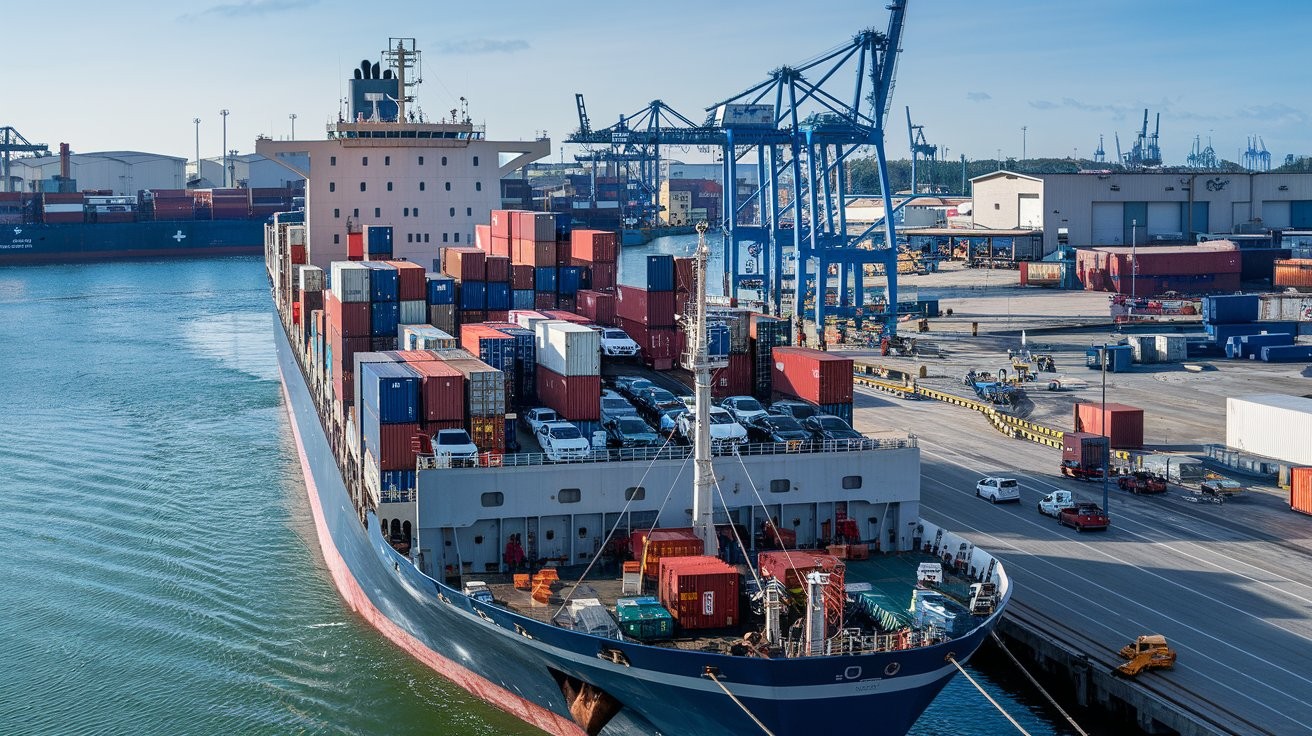
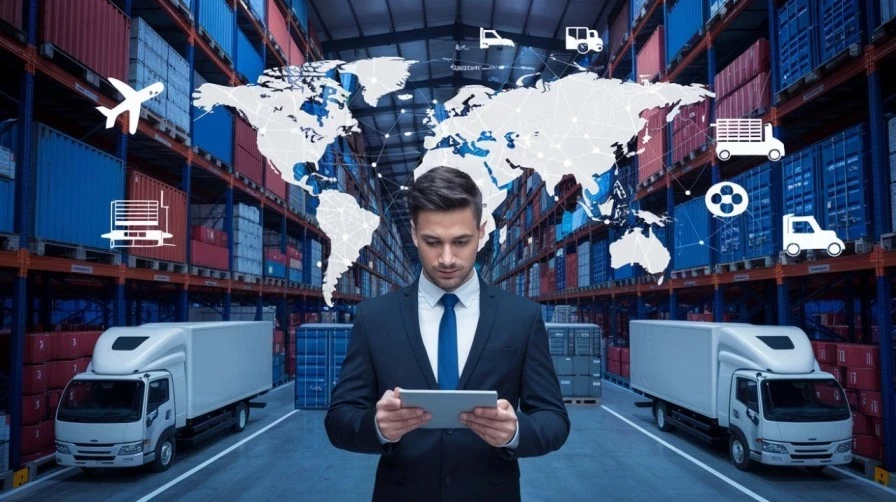
Key Benefits of End to End Supply Chains
20 Sep, 2024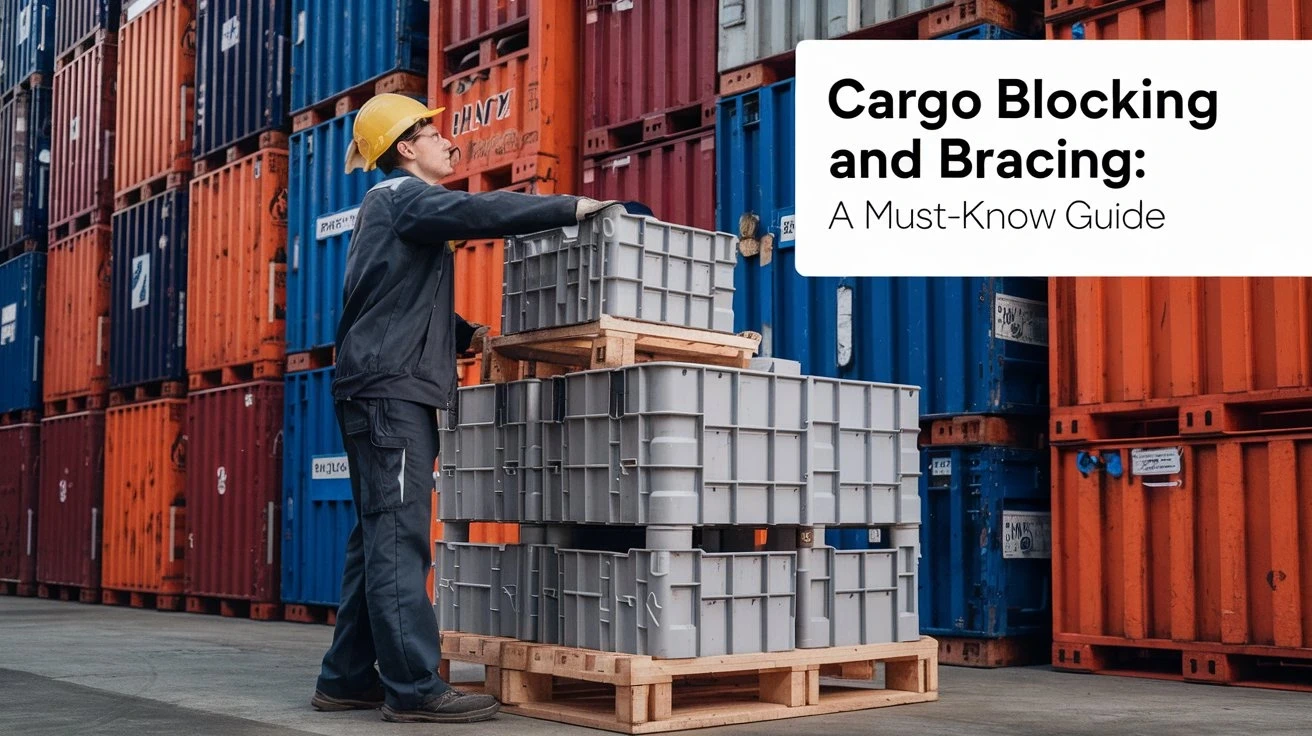
Cargo Blocking and Bracing: A Must-Know Guide
17 Sep, 2024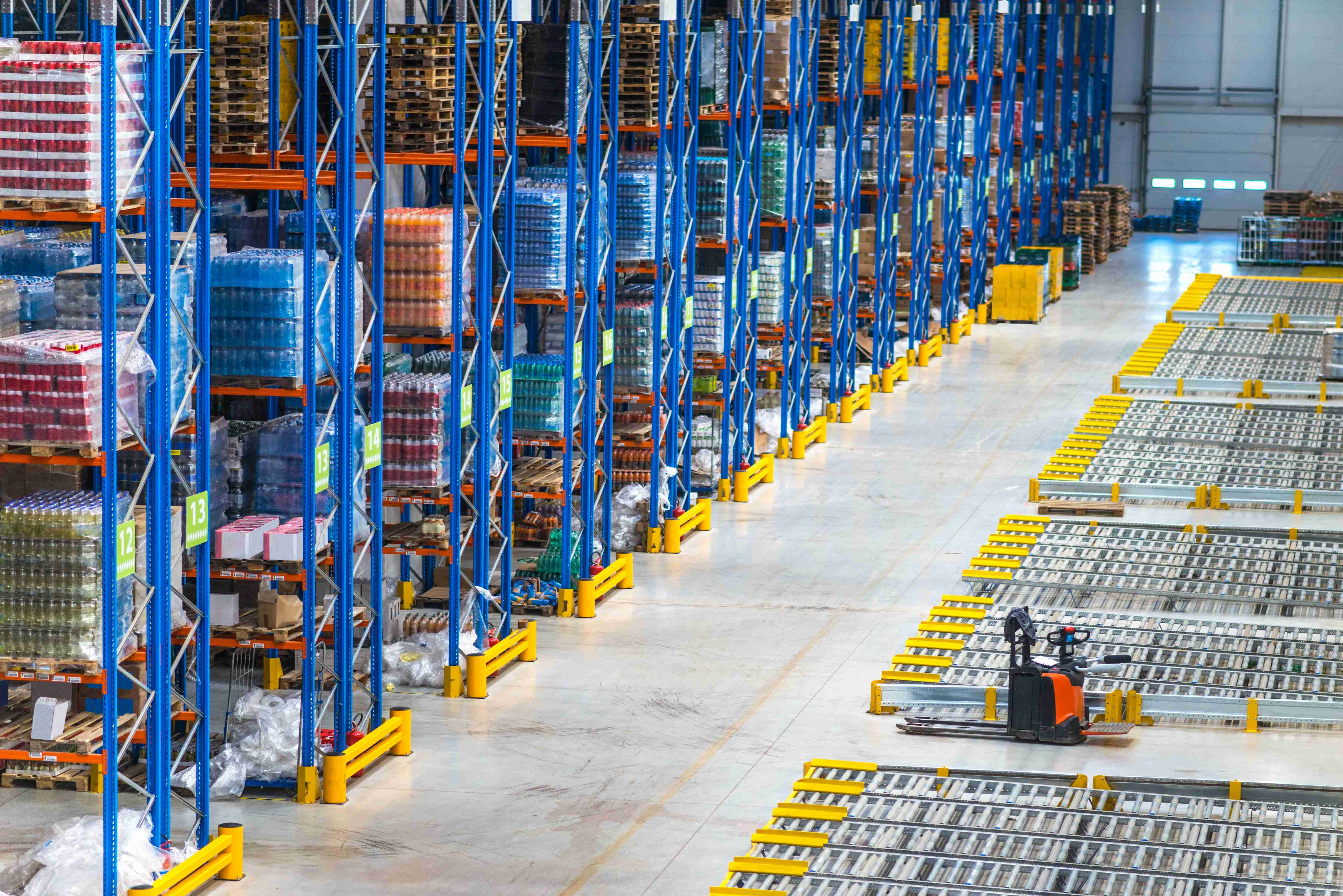
Third-Party Logistics (3PL): A Complete Guide
31 Jan, 2024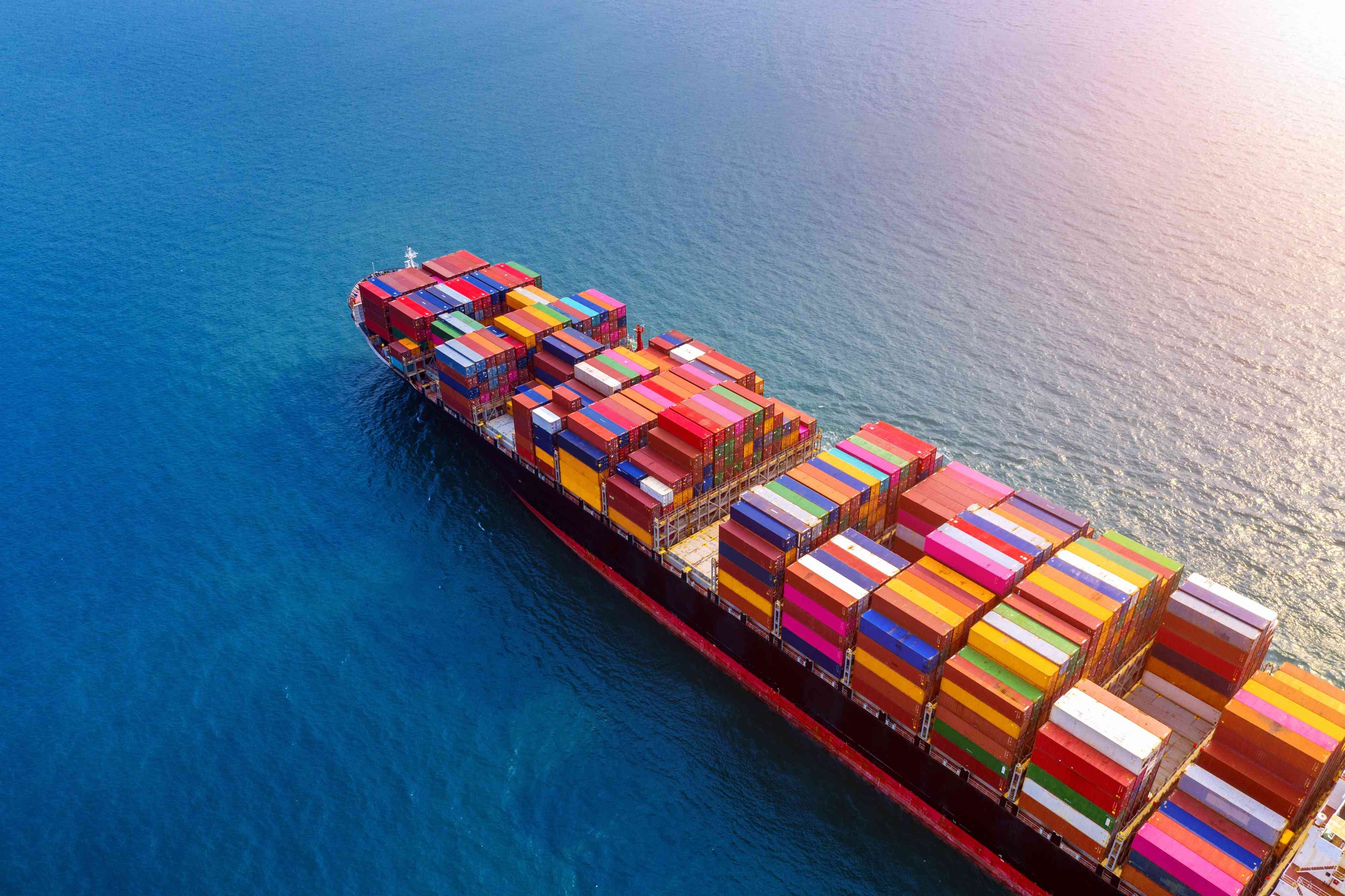
How do I book a container by sea freight
27 Nov, 2023
Top Reasons You Need A Cargo Insurance
30 Aug, 2023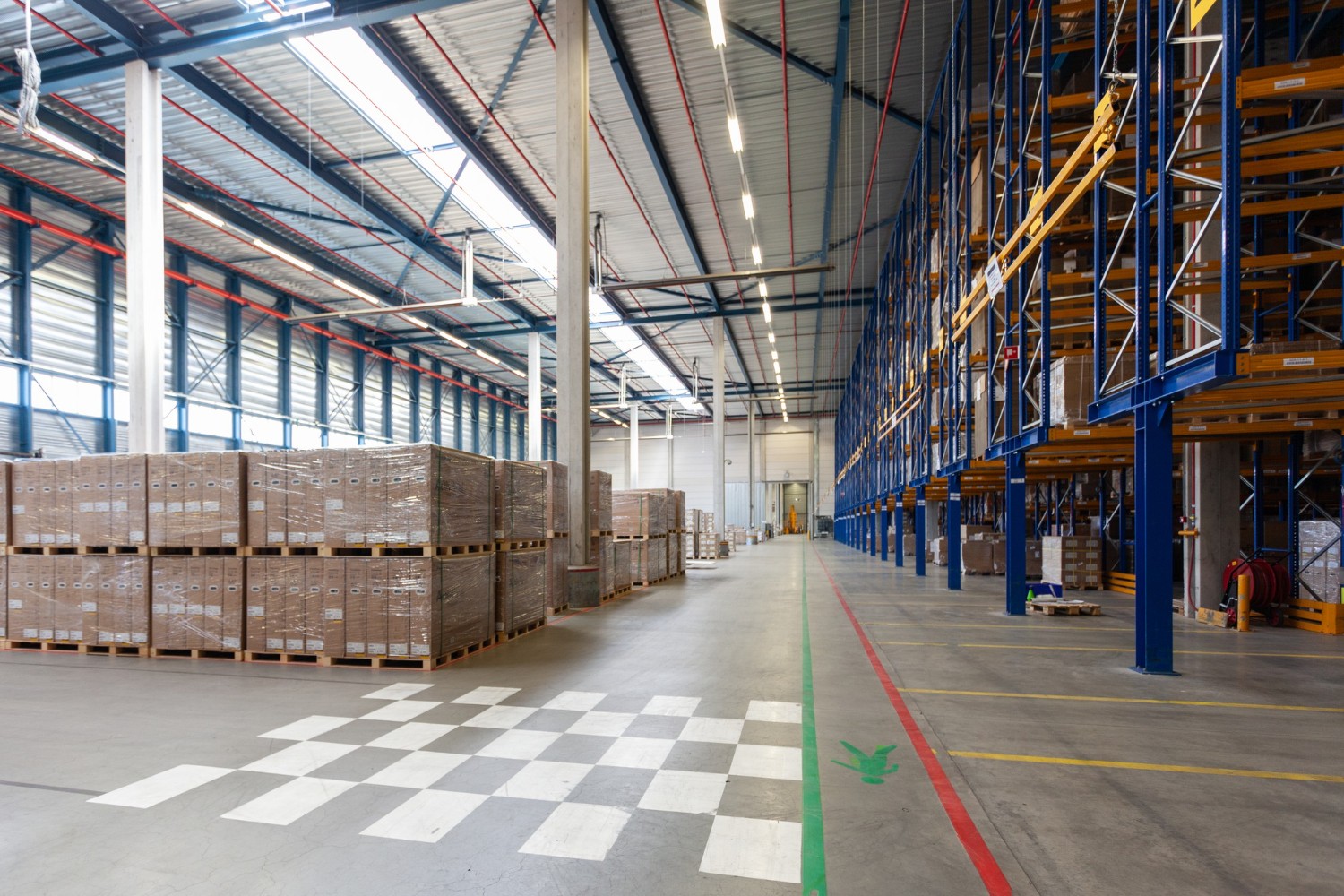
Benefits of Customs Bonded Warehousing
24 Jul, 2023
Benefits of Logistics Outsourcing
30 Jun, 2023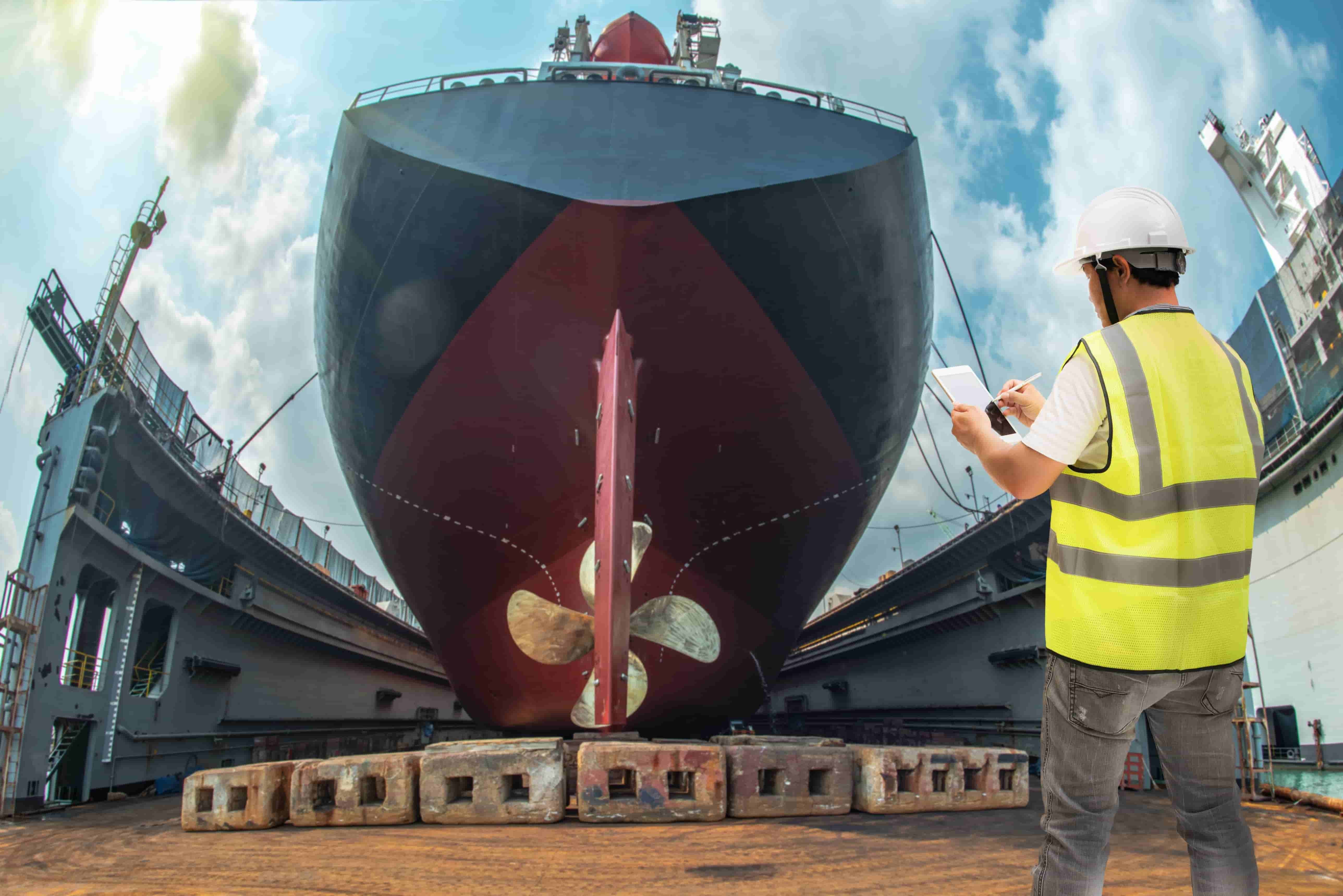
What is Dry Docking & Why Do Ships Do It?
30 May, 2023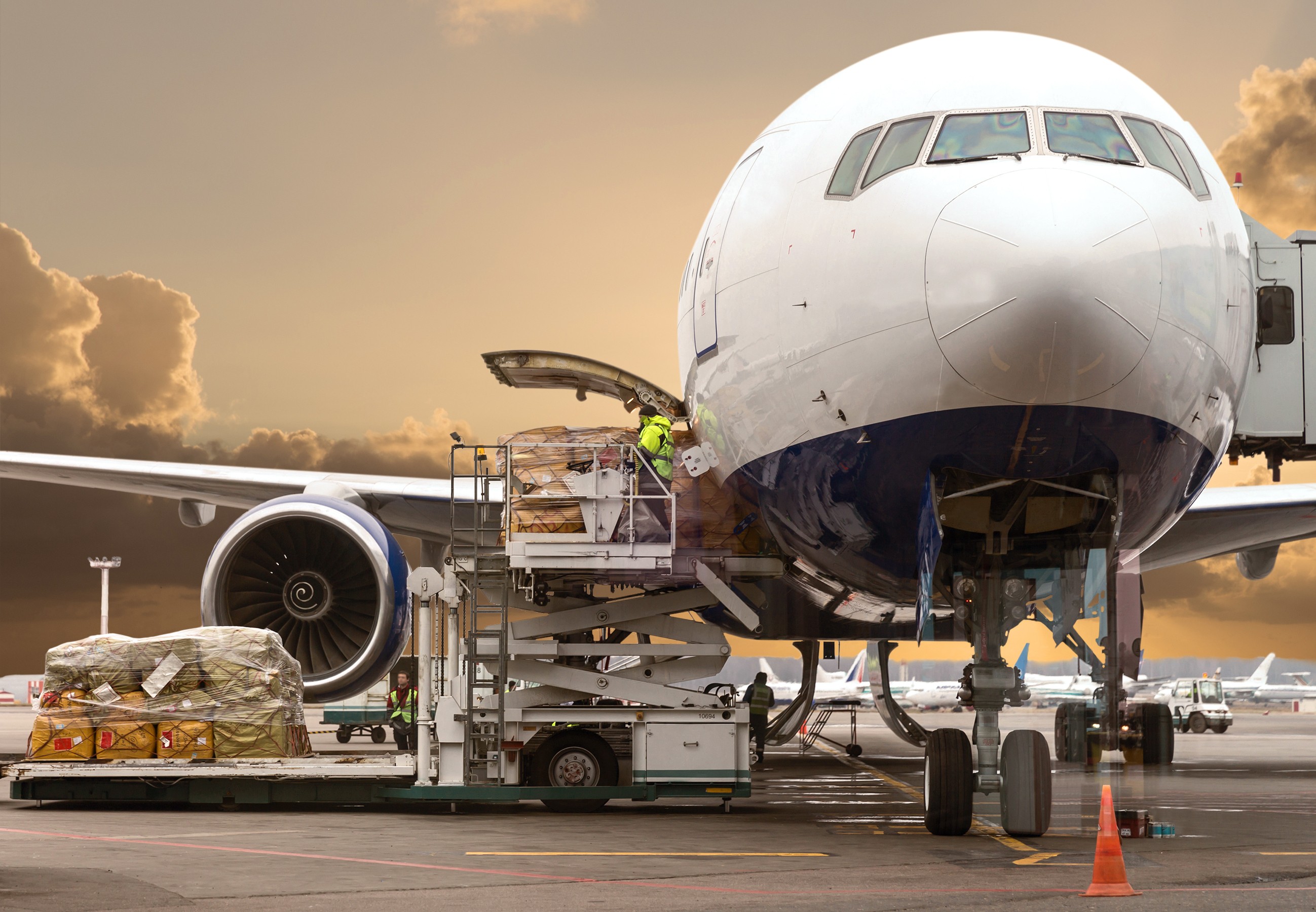
All You Need to Know About Air Freight
16 May, 2023
Ways Carriers Benefit from Contract Logistics
25 Apr, 2023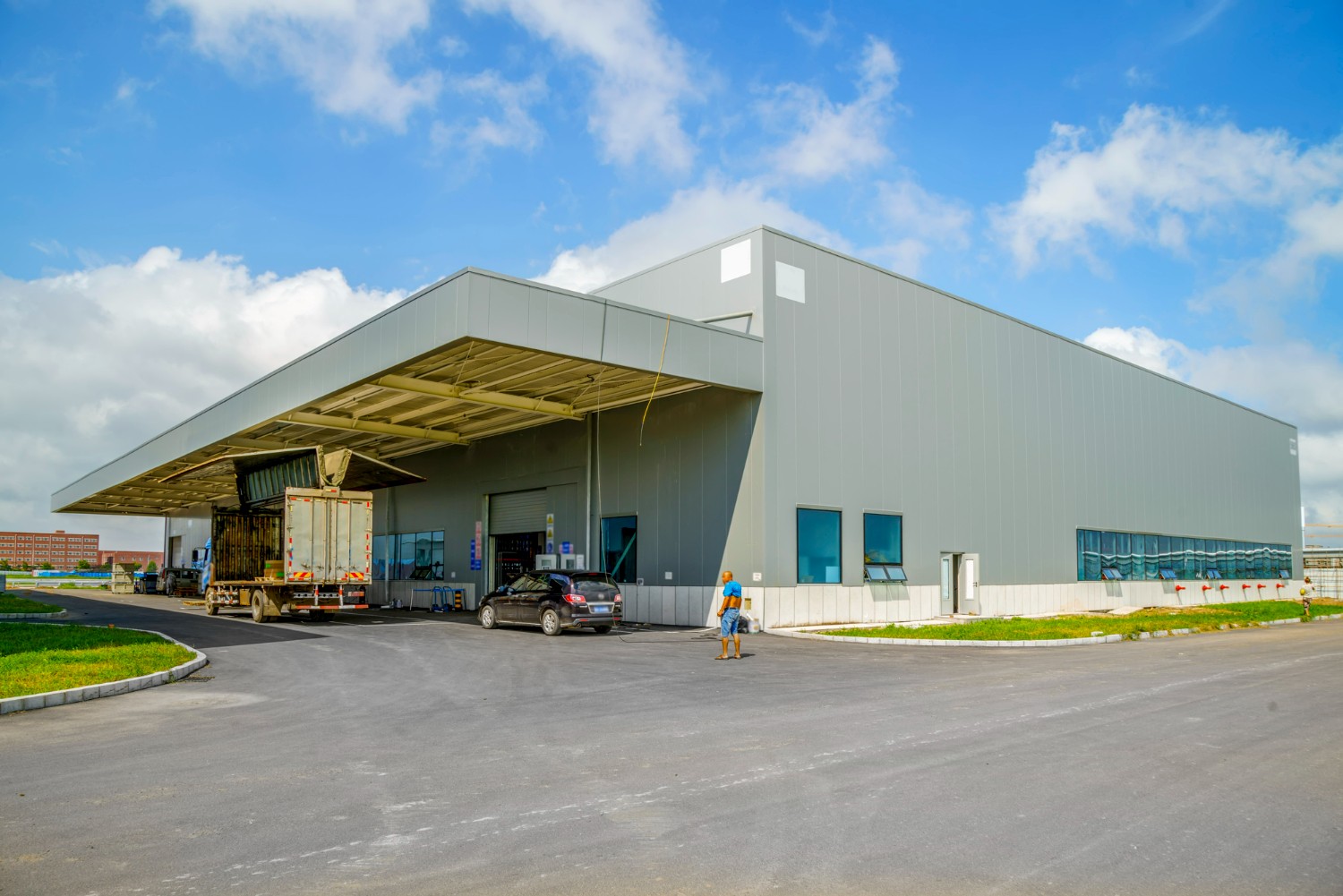
Pros and Cons of Contract Warehousing
27 Mar, 2023641c5faf72d6a.jpg)
Advantages of Freight Consolidation
23 Mar, 2023
All You Need to Know About Freight Charges
27 Feb, 2023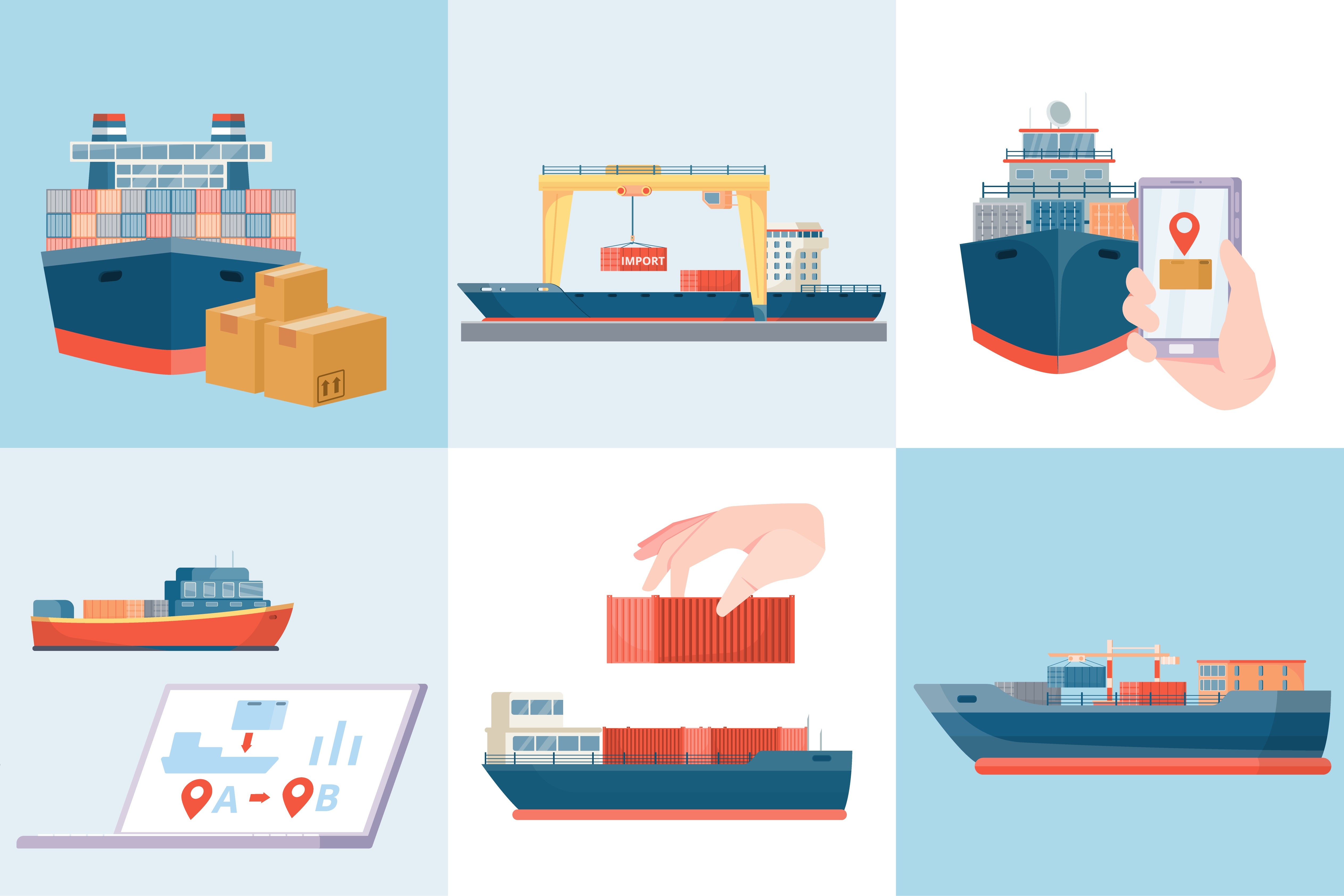
How to Find A Good Freight Forwarder?
24 Jan, 2023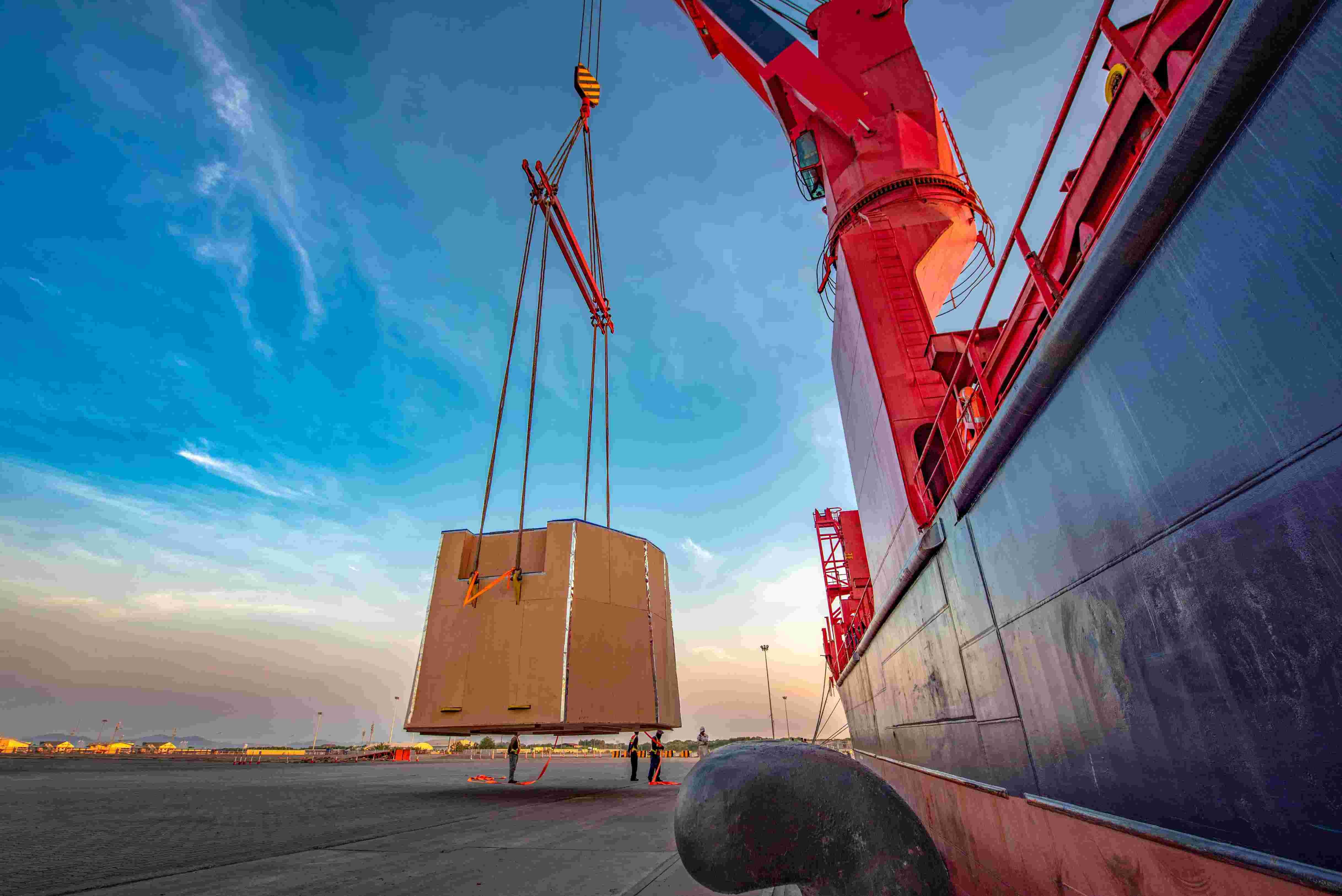
What is Project Cargo and How is it Transported?
07 Nov, 2022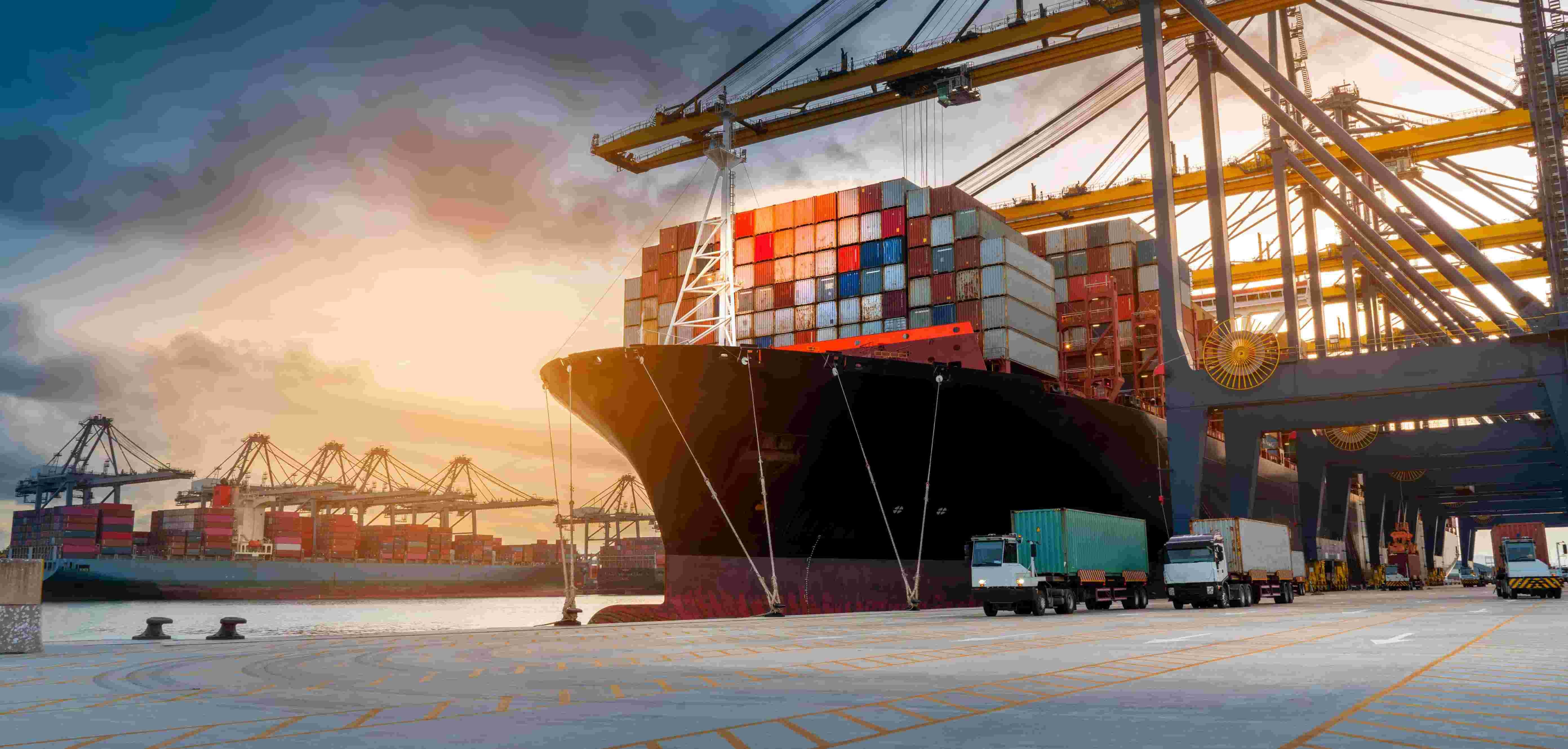
How International Ocean Freight Shipping Works
25 Oct, 2022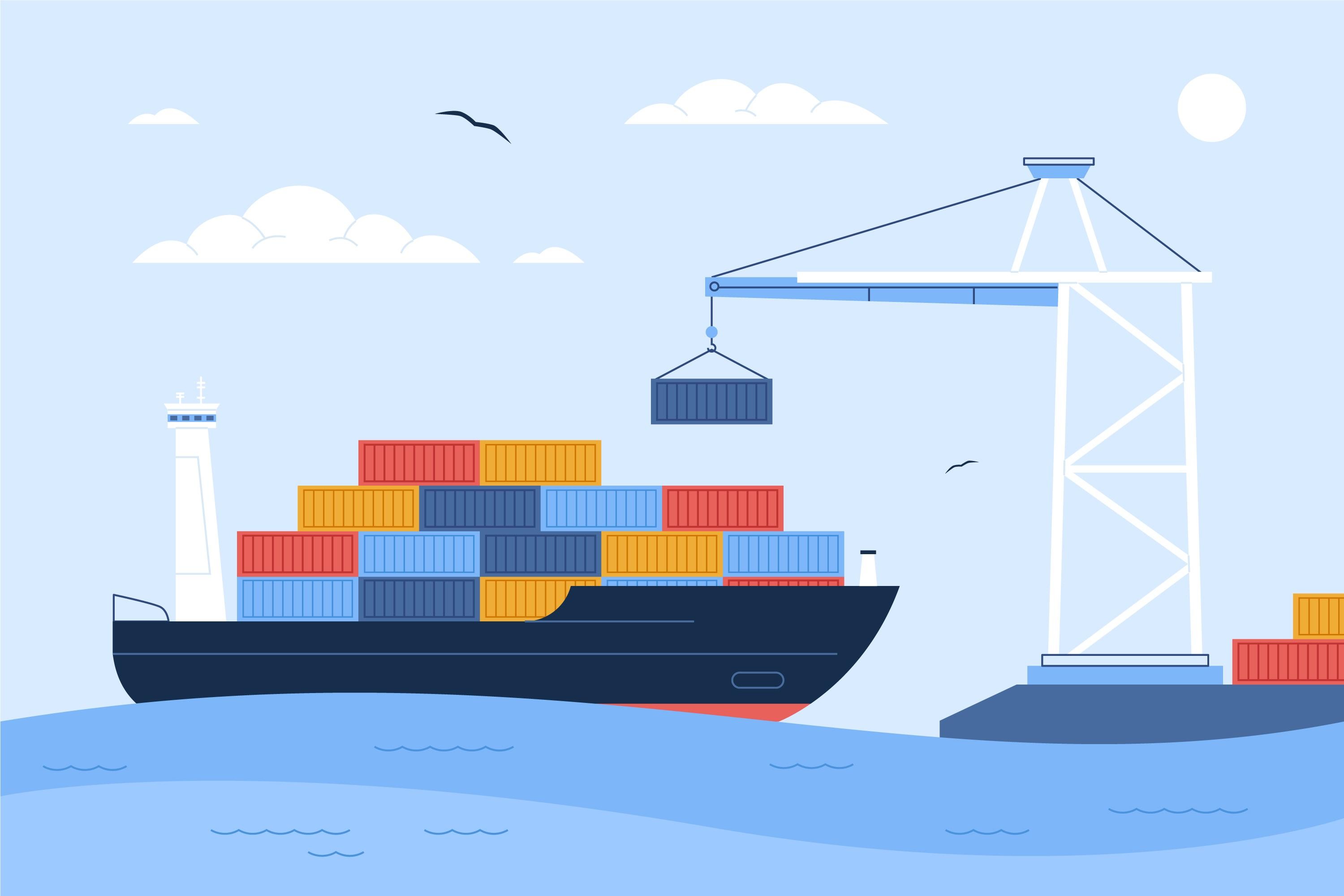
How does LCL shipping work?
26 Sep, 2022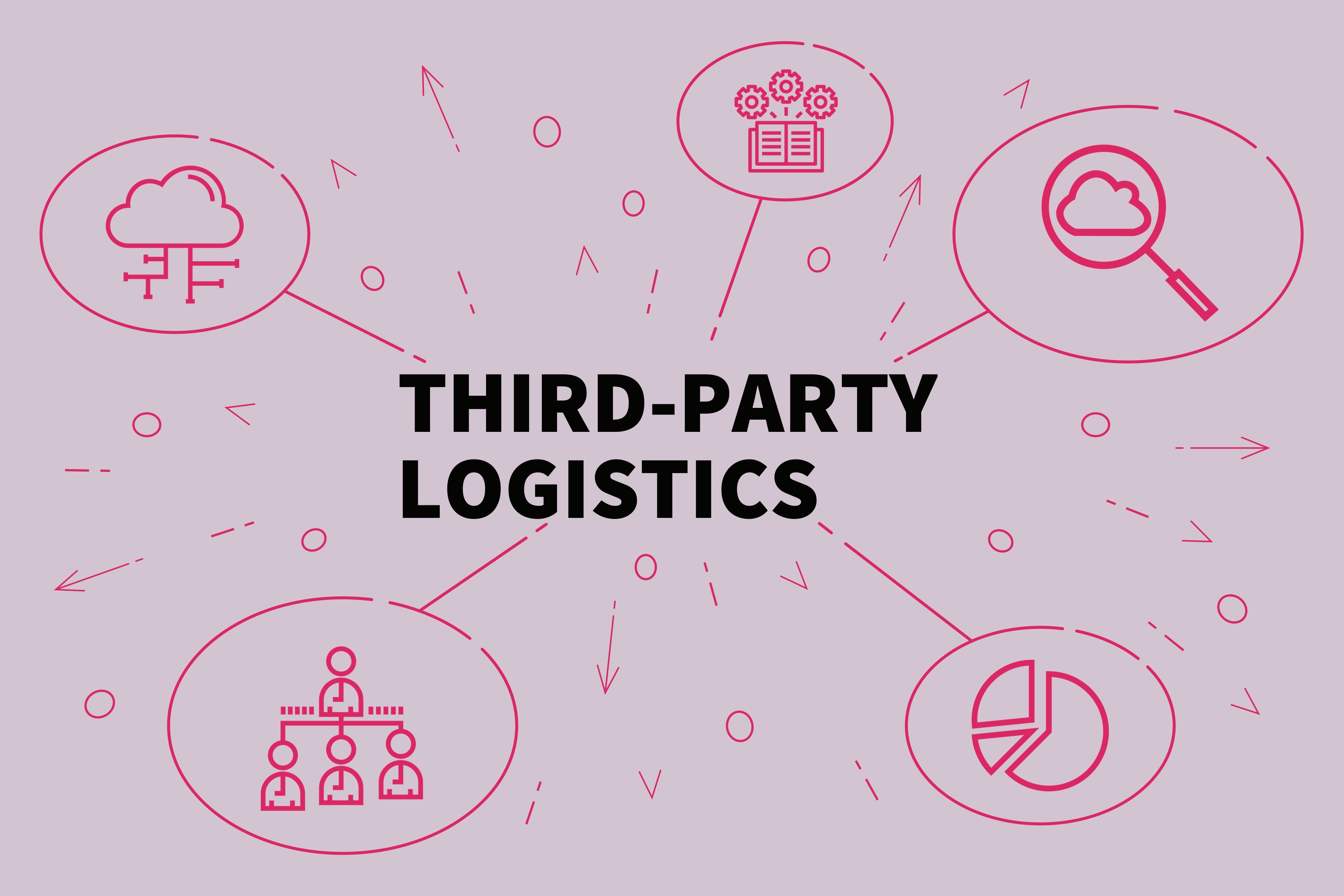
8 Ways to Optimize Your 3PL Relationship
22 Sep, 2022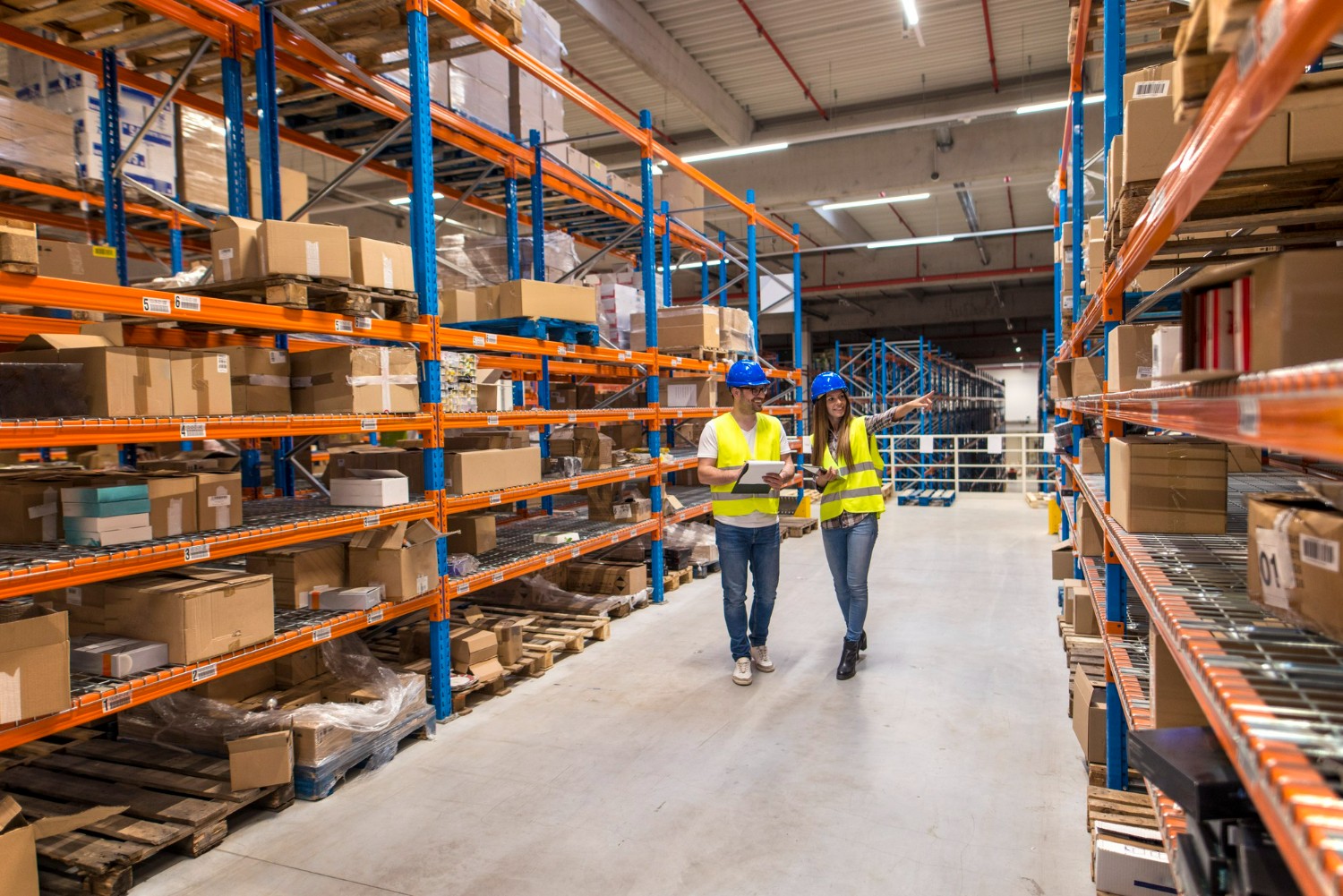
Benefits Of Using An Outsourced Warehouse
22 Aug, 2022
Importance of Cargo Insurance
30 Jul, 2022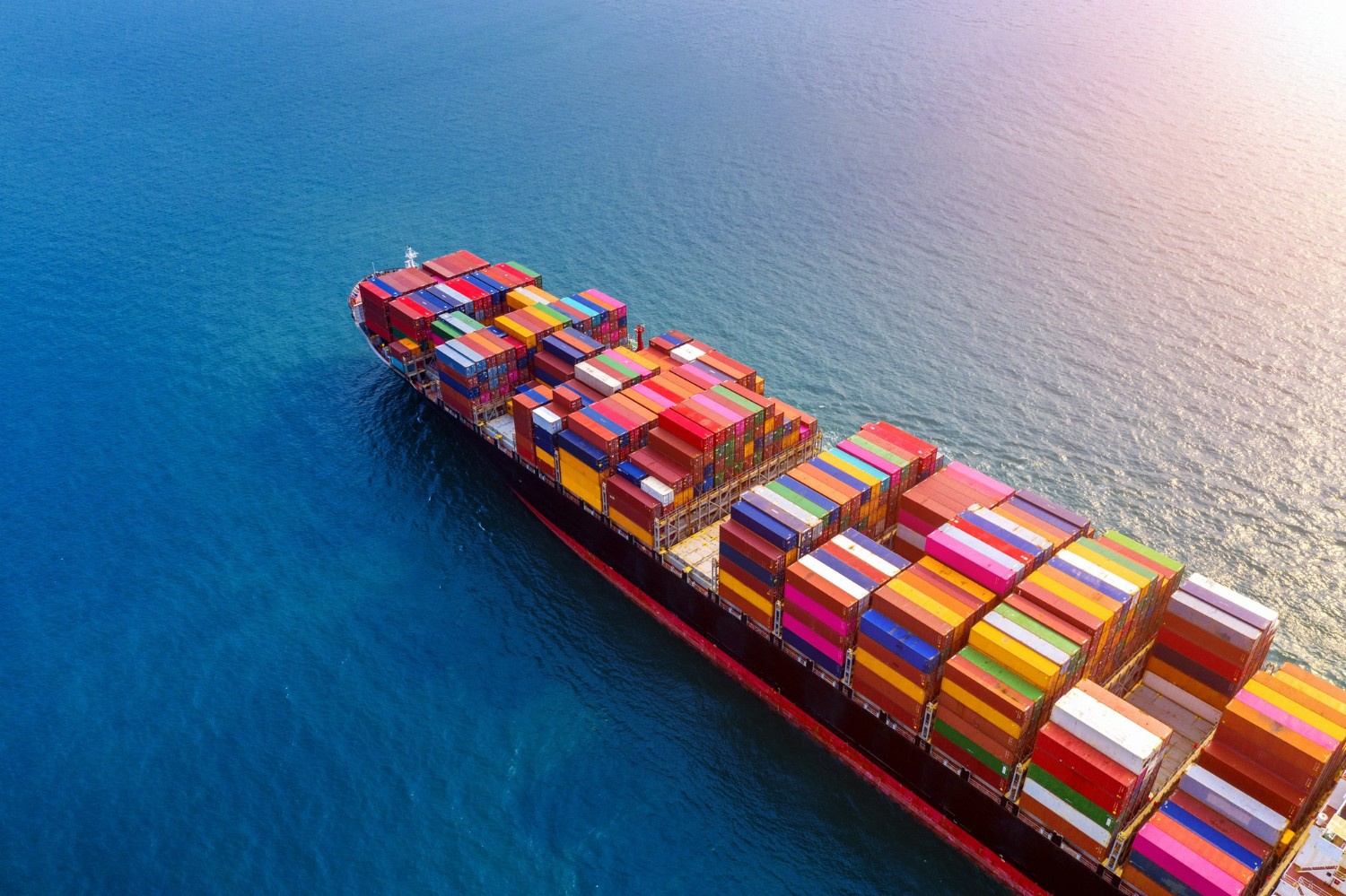
Top 10 Benefits of Ocean Freight Shipping
22 Jun, 2022
LCL or FCL - Which is Right for Your Cargo?
26 May, 2022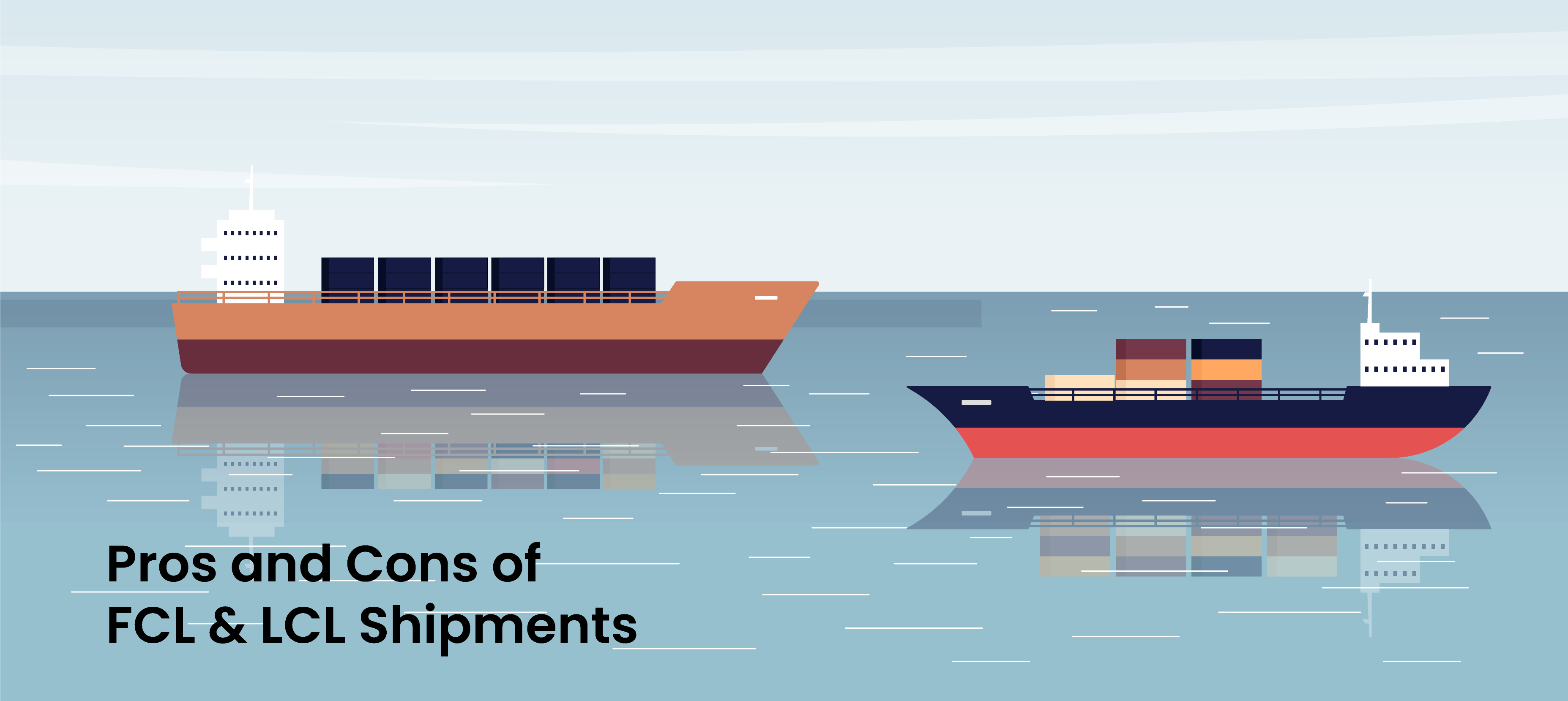
Pros and Cons of FCL & LCL Shipments
21 May, 2022
Key Benefits of LCL Shipping for Your Business
28 Jan, 2022

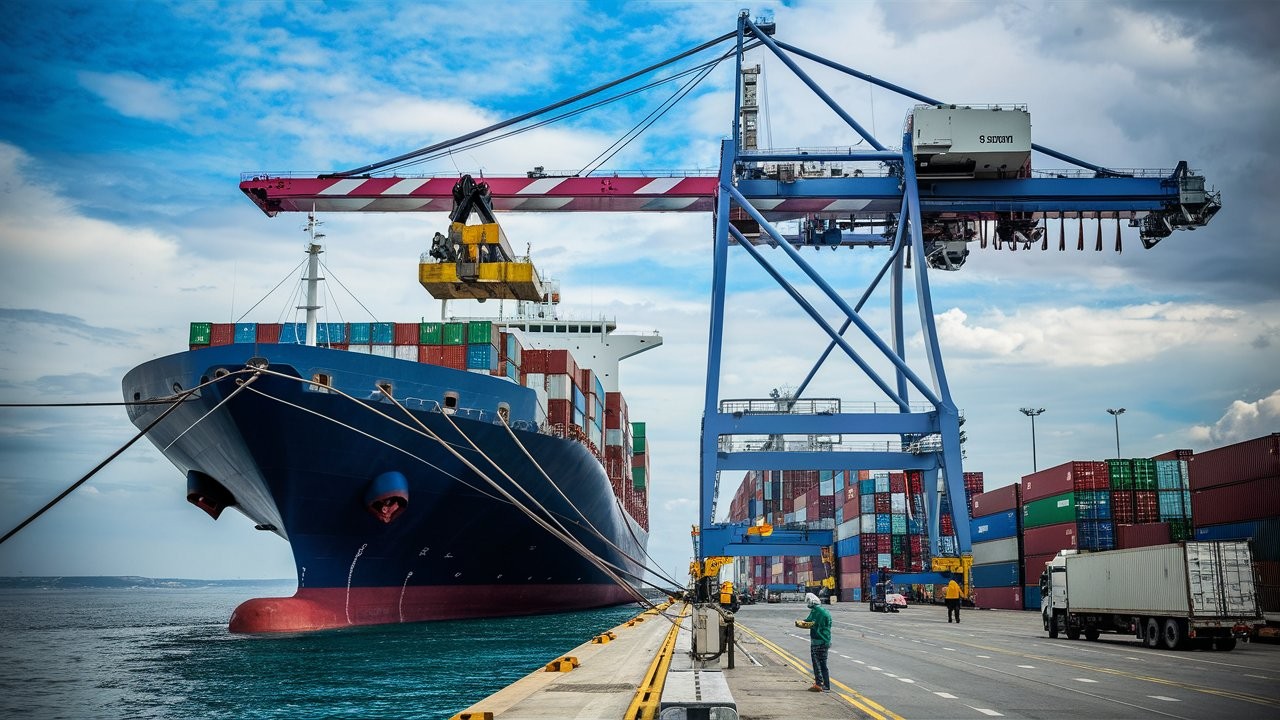

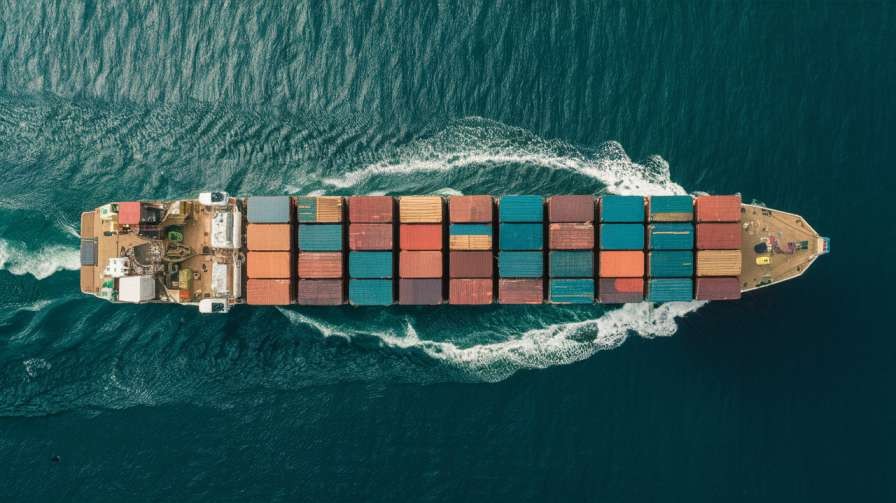
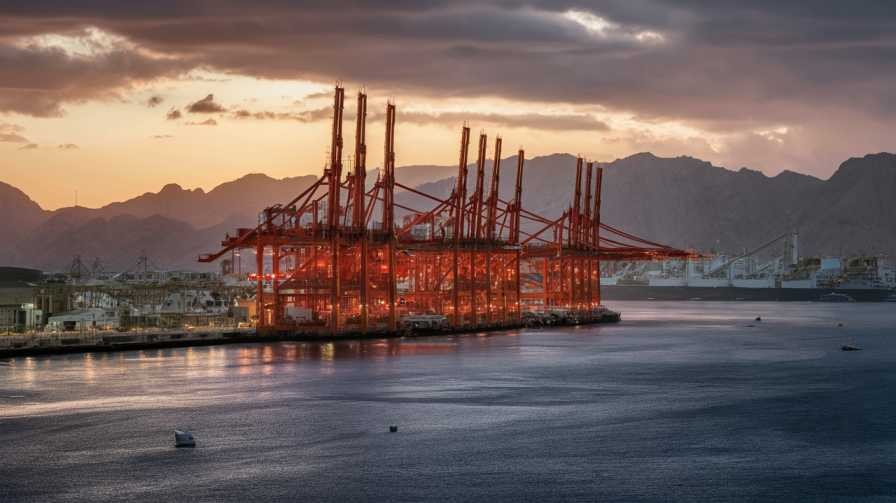
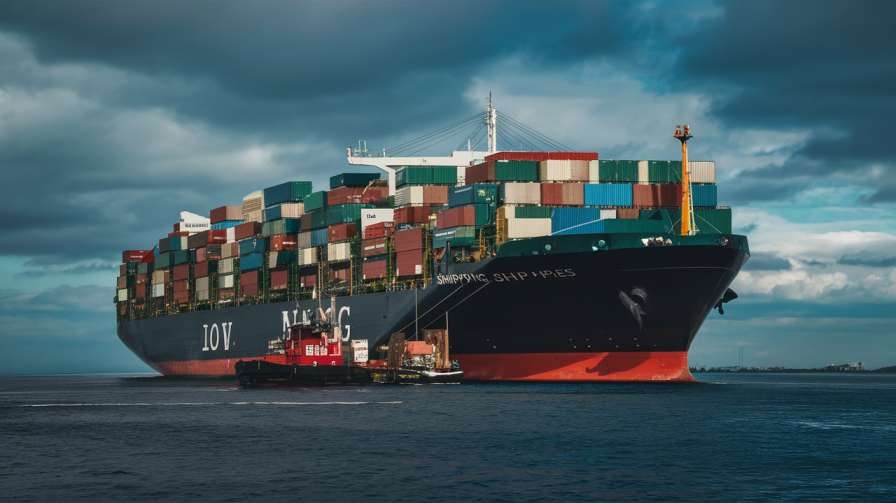
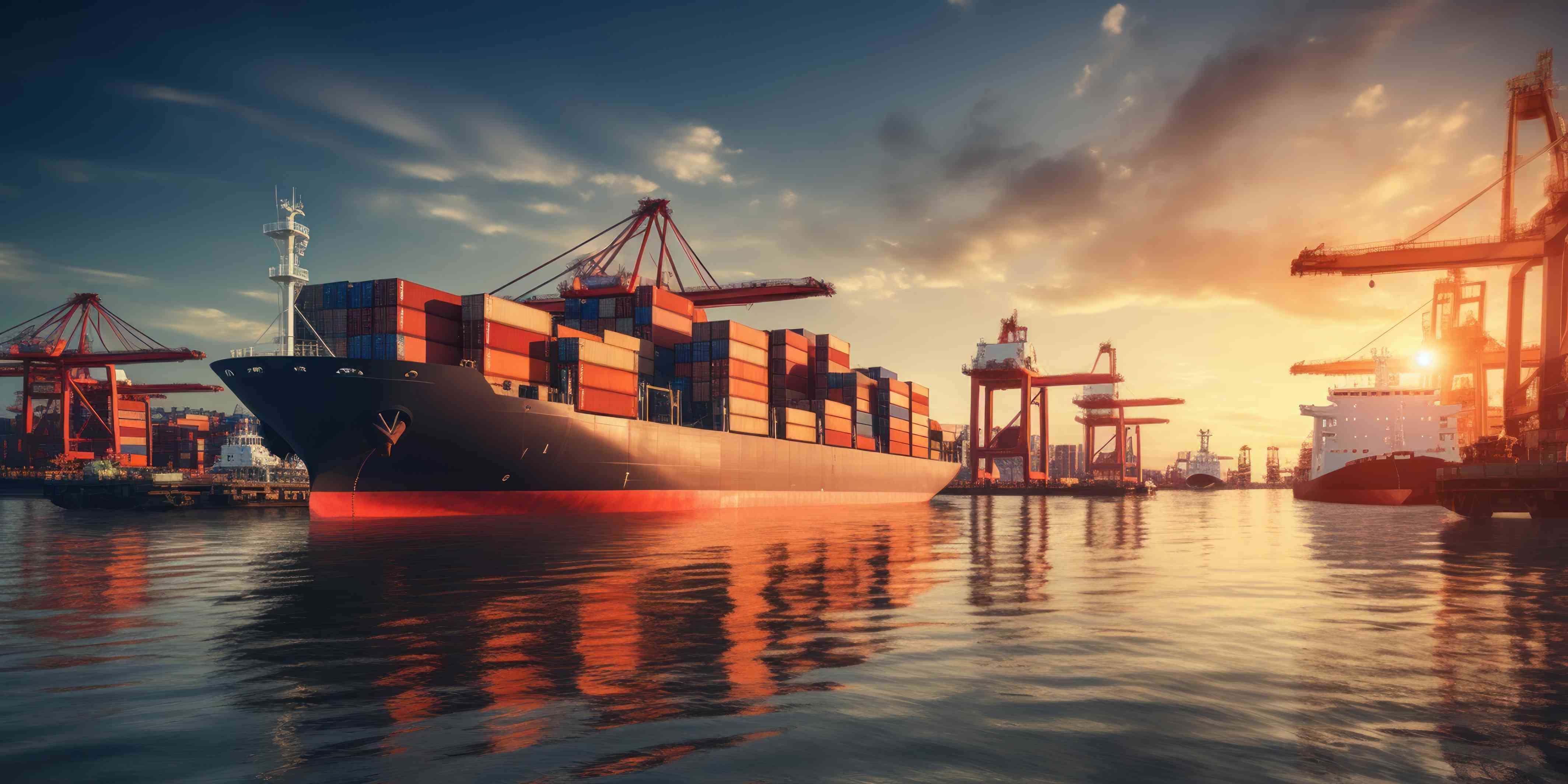


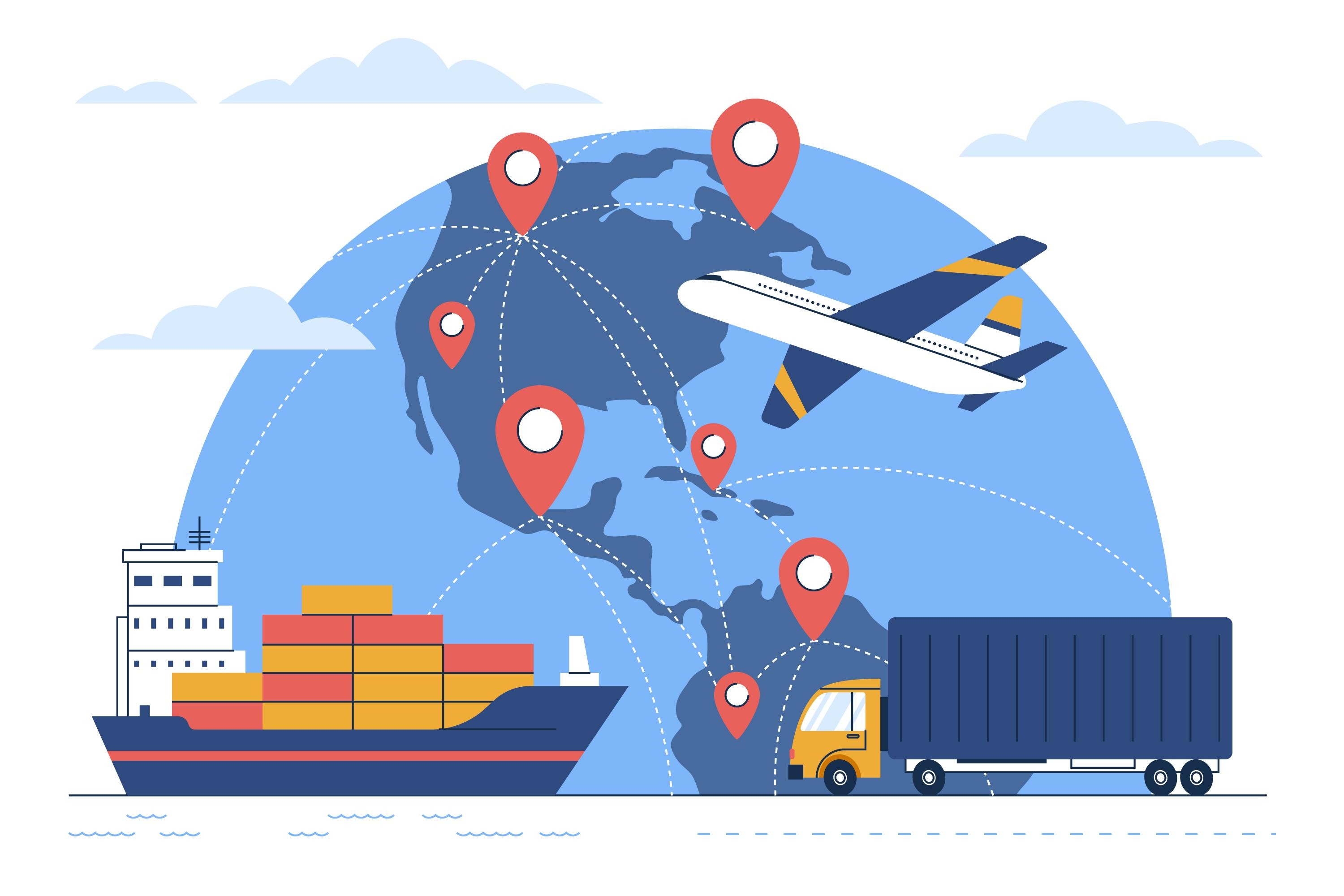
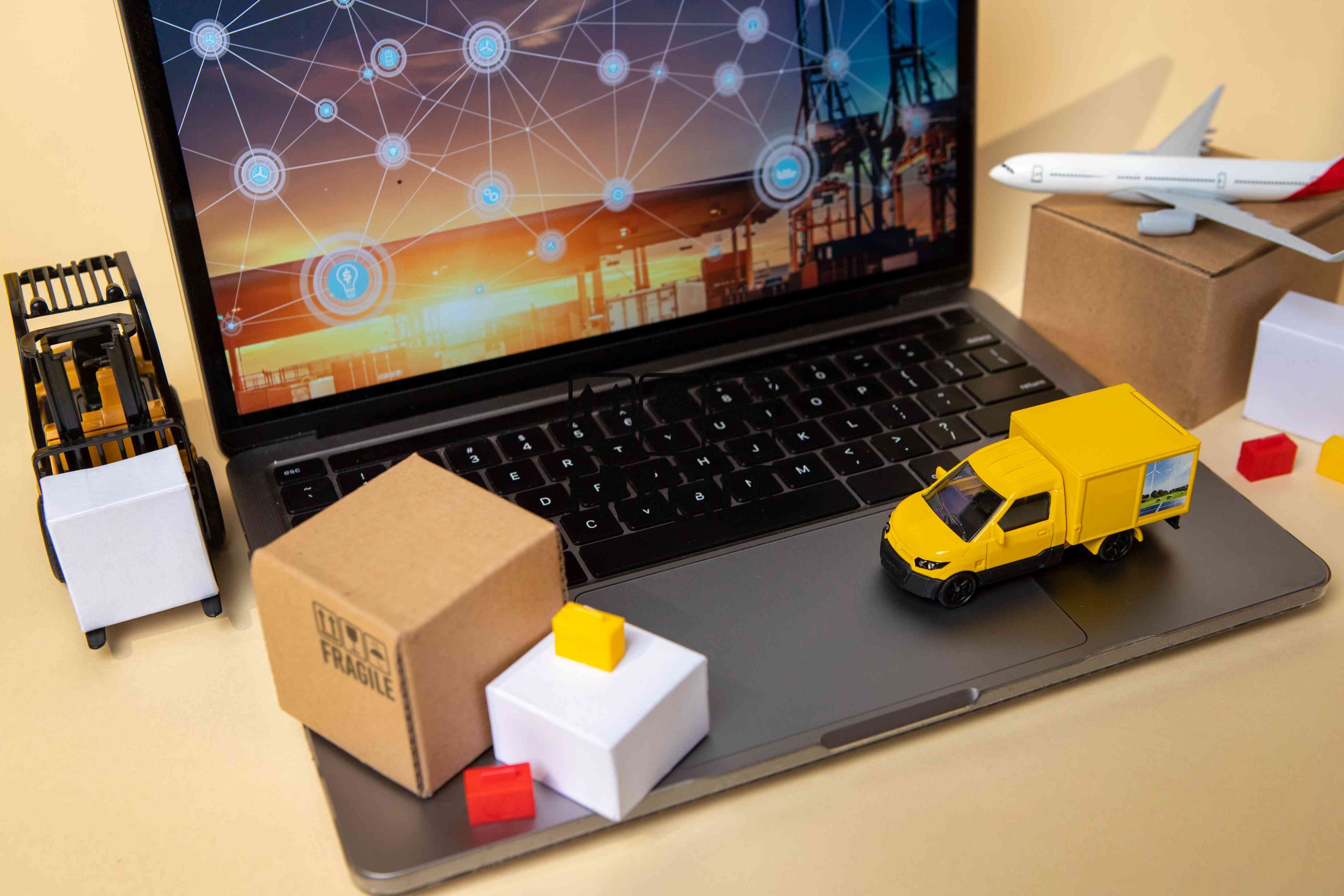
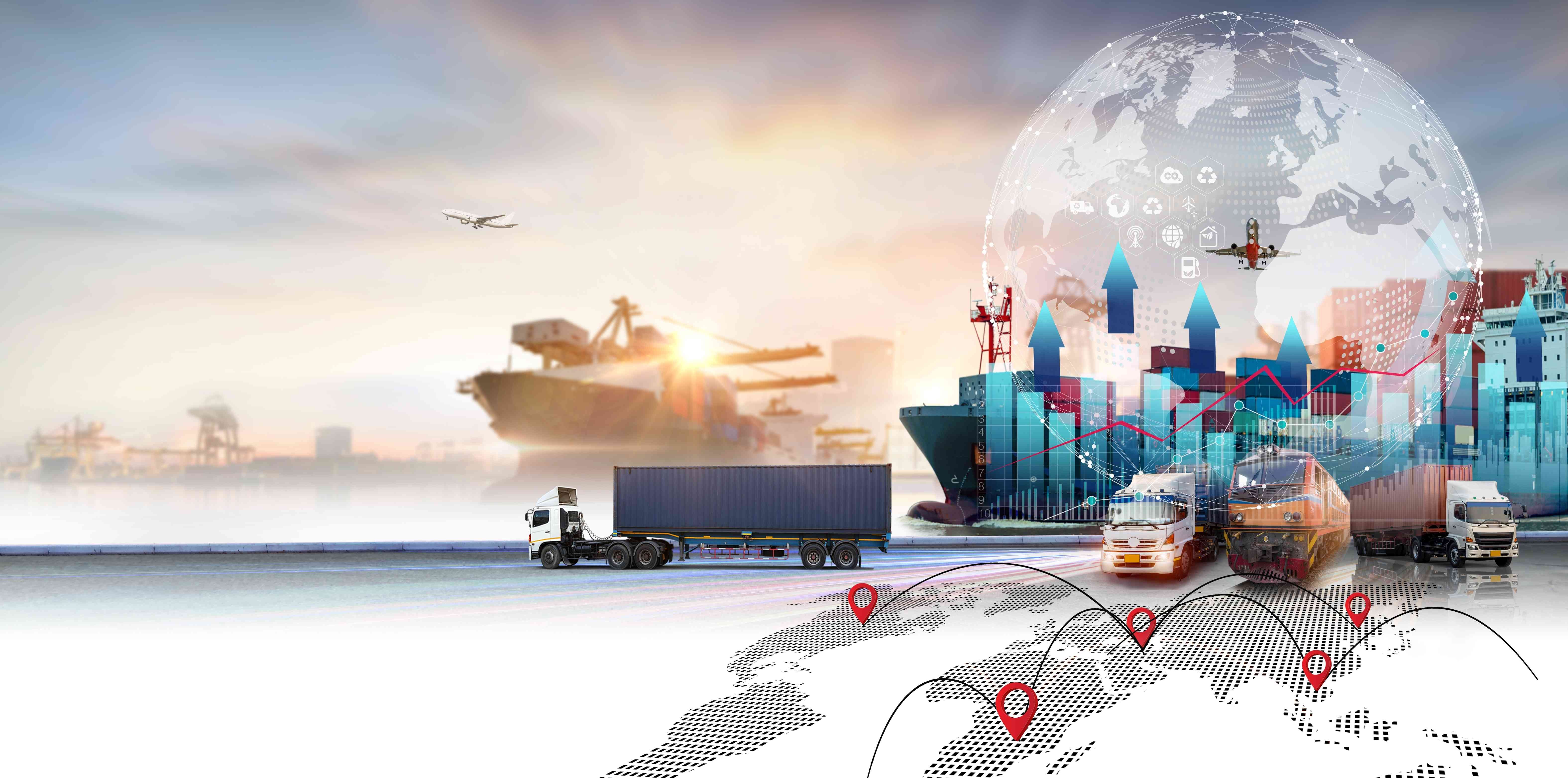
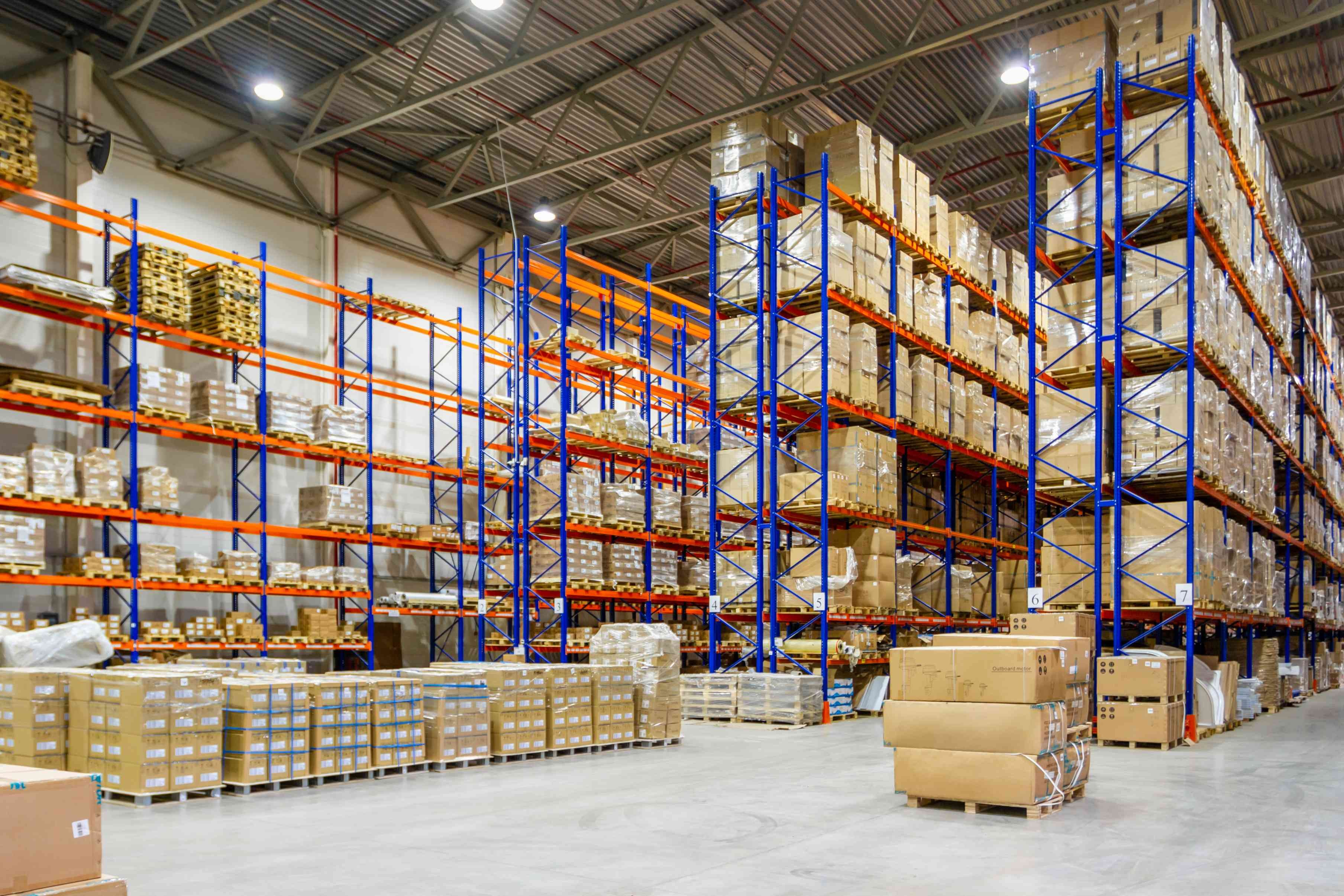

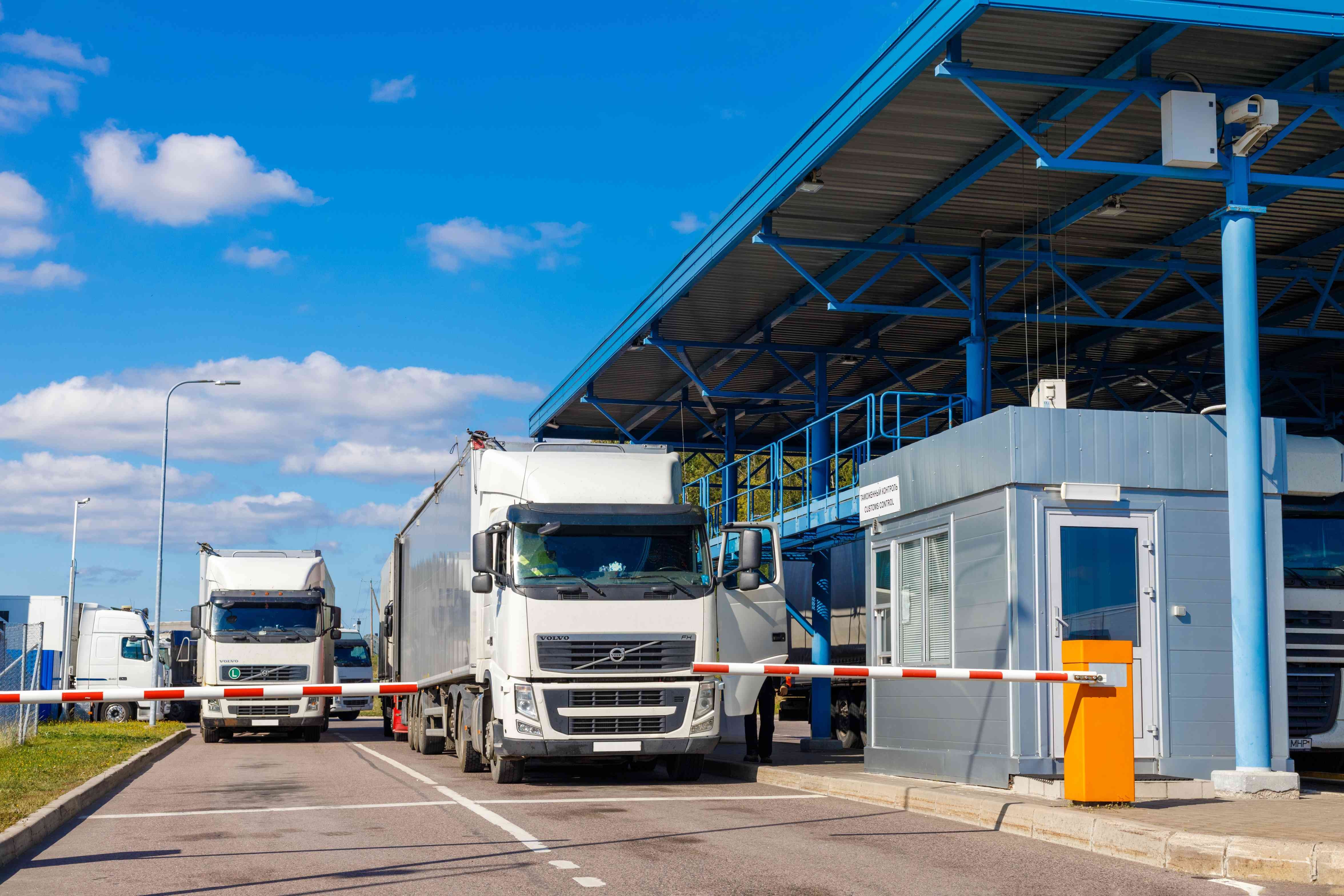
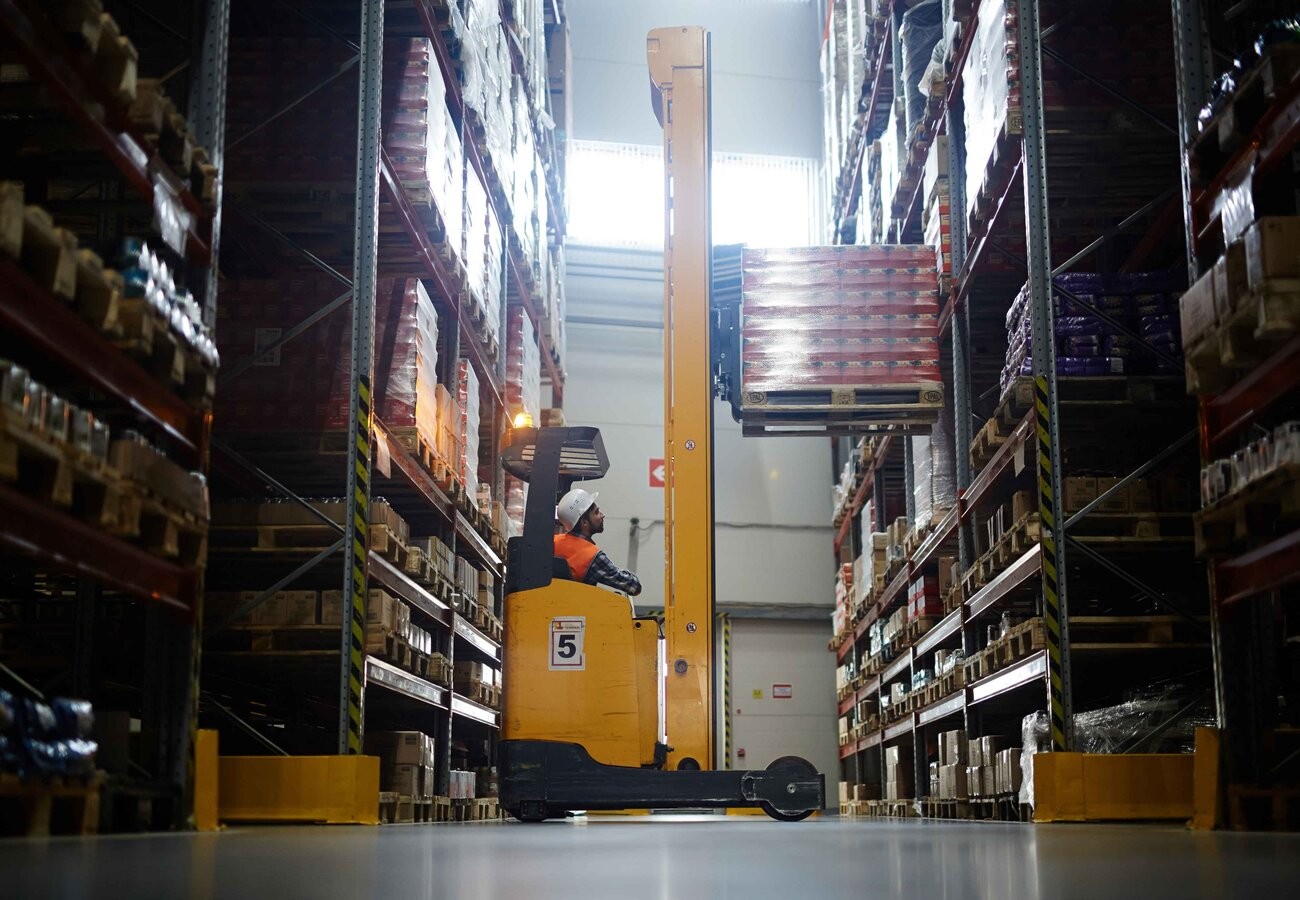
64ef6d522bd5d.jpg)
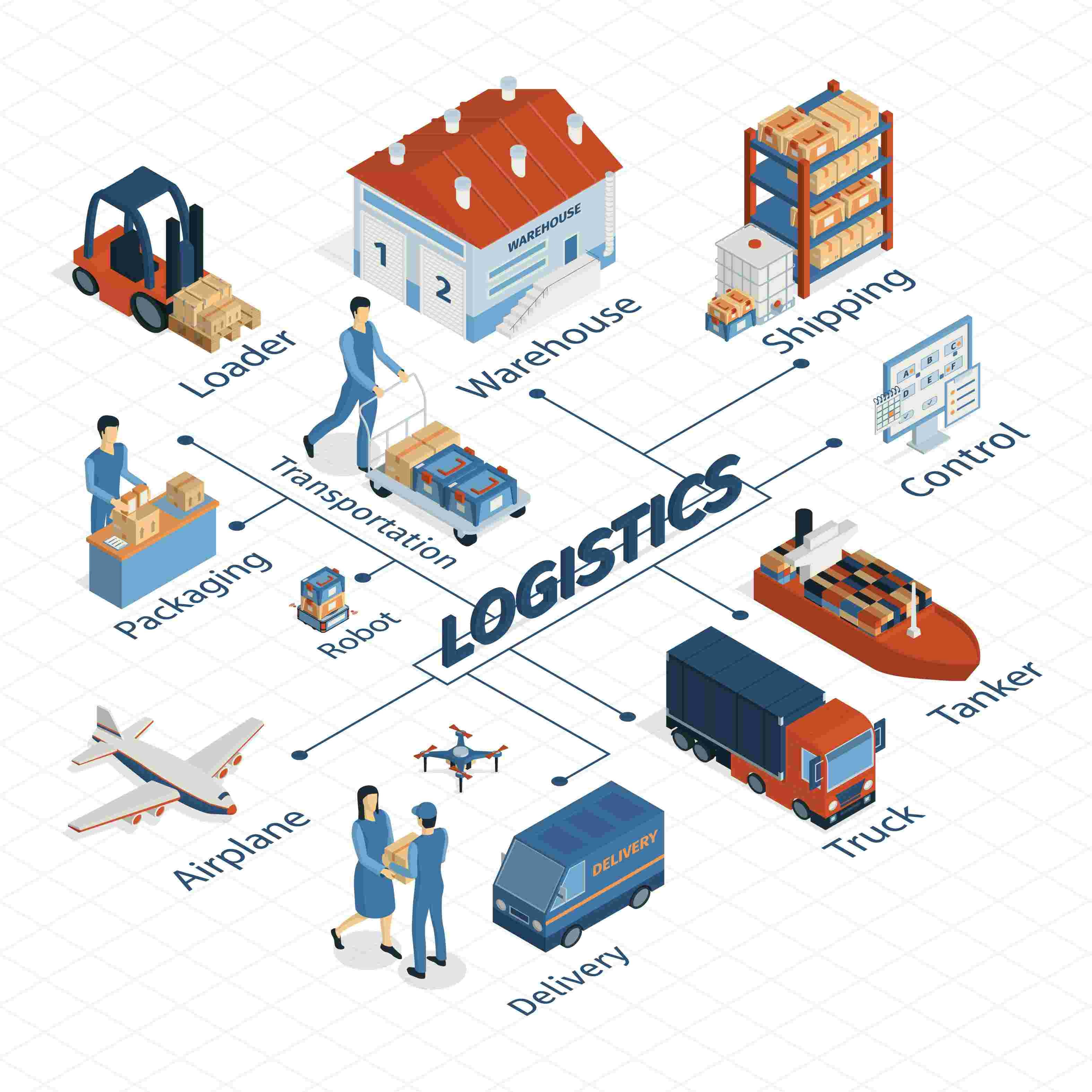
64a477953e86e.jpg)
643ff0cfeaf4e.jpg)
63fcb9023ba5f.jpg)
63d94f83c4432.jpg)
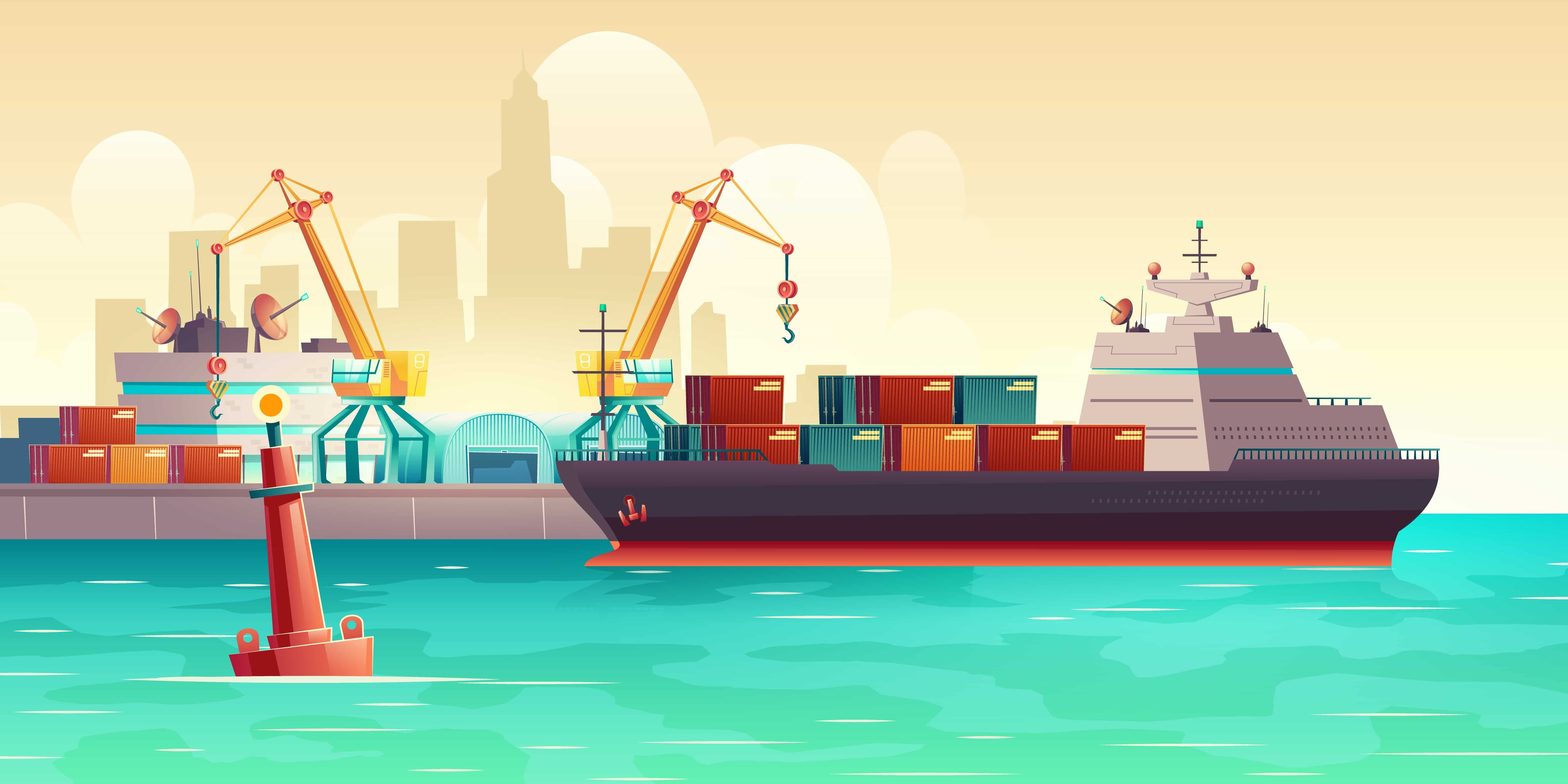

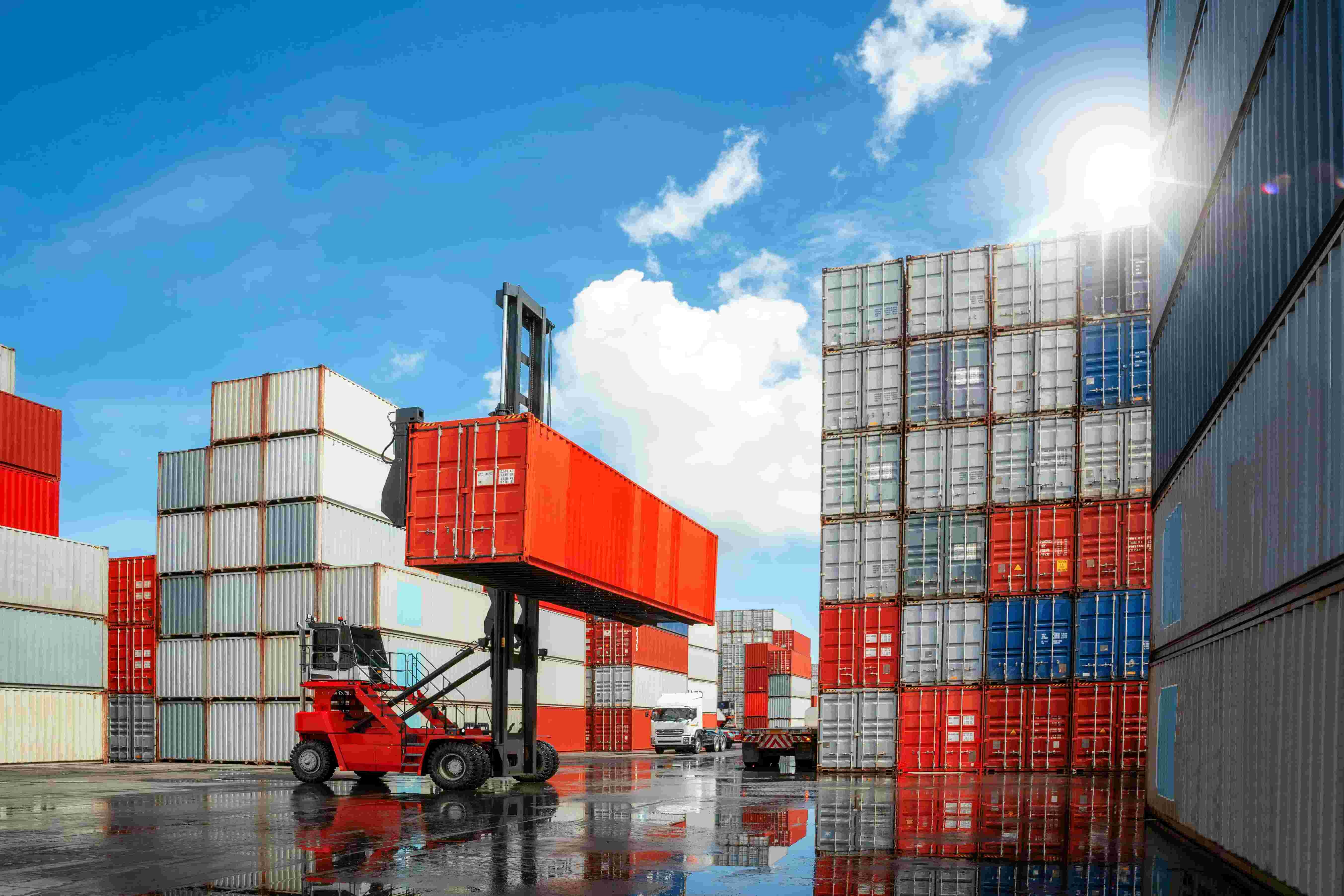
637611972635b.jpg)
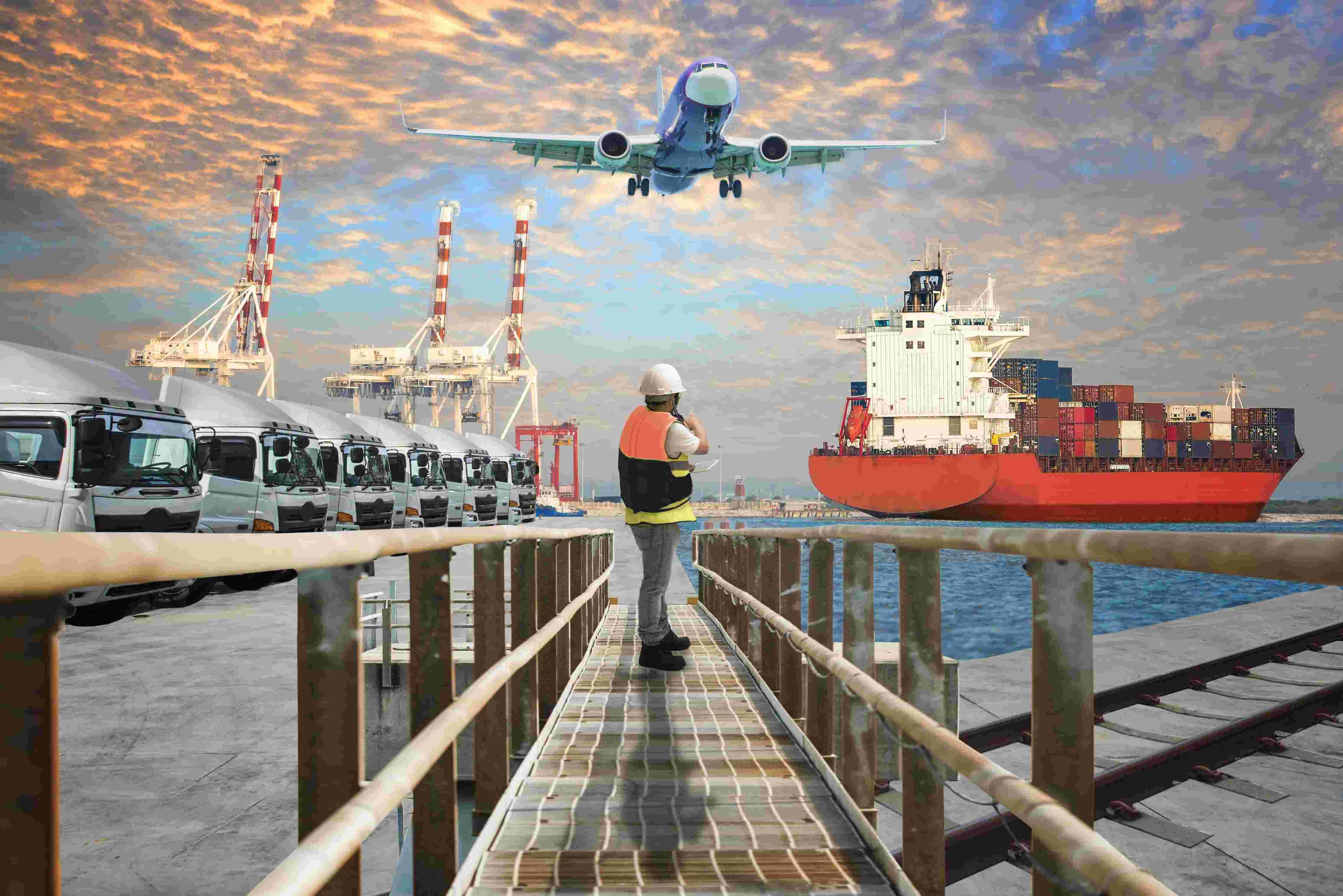
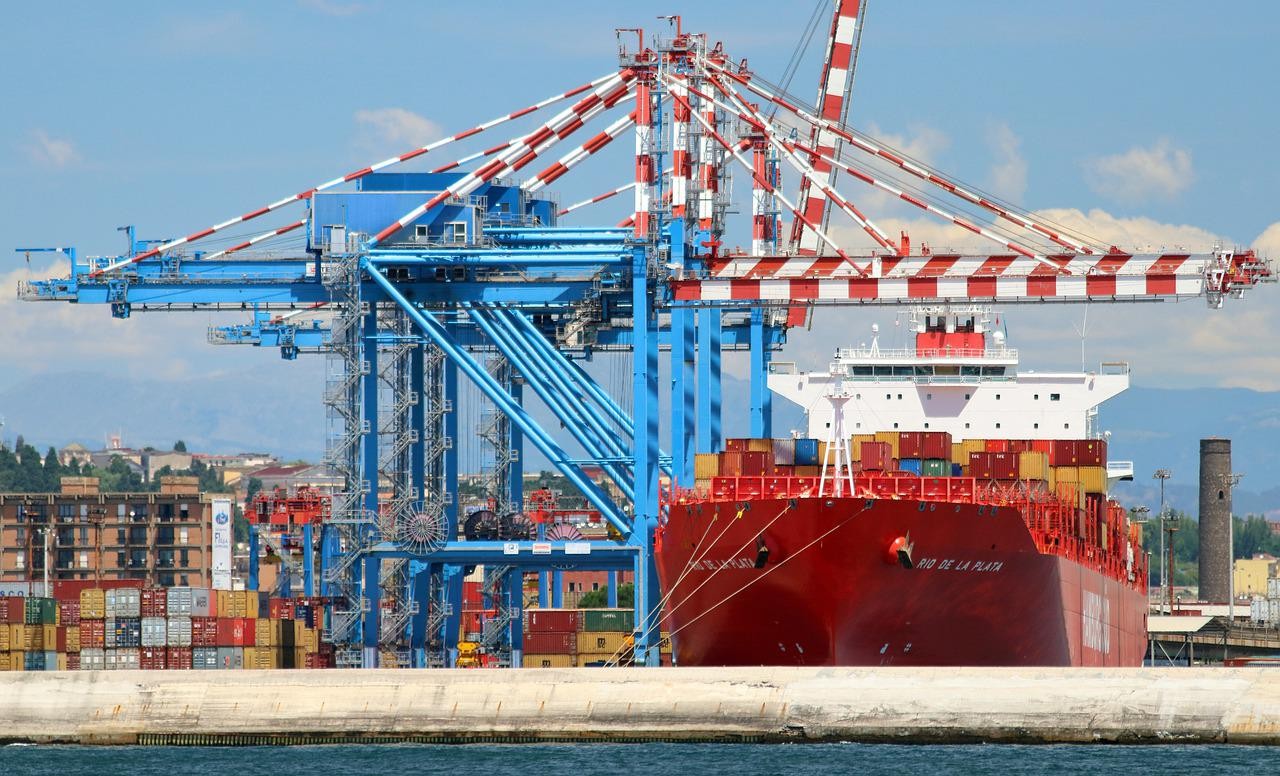

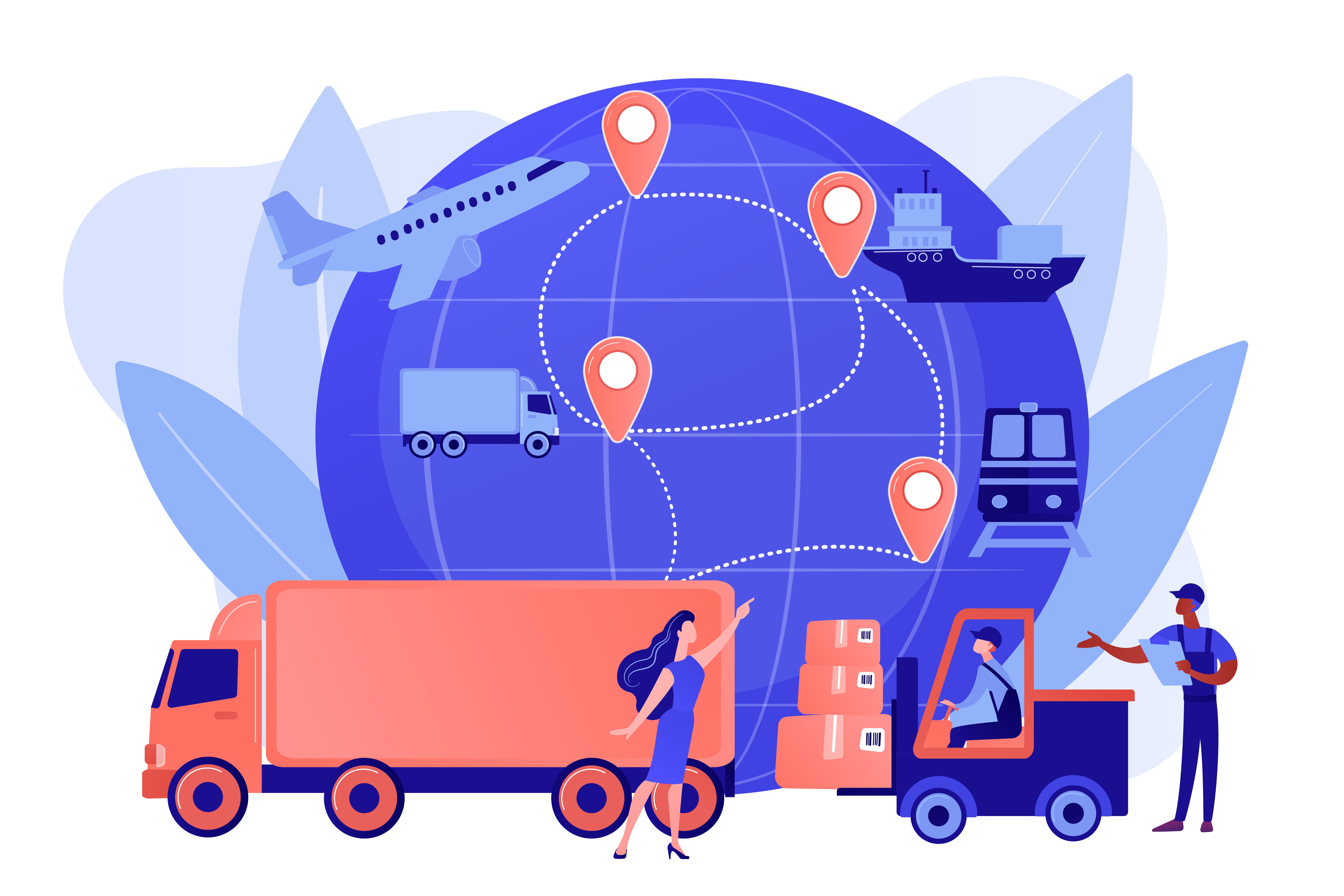
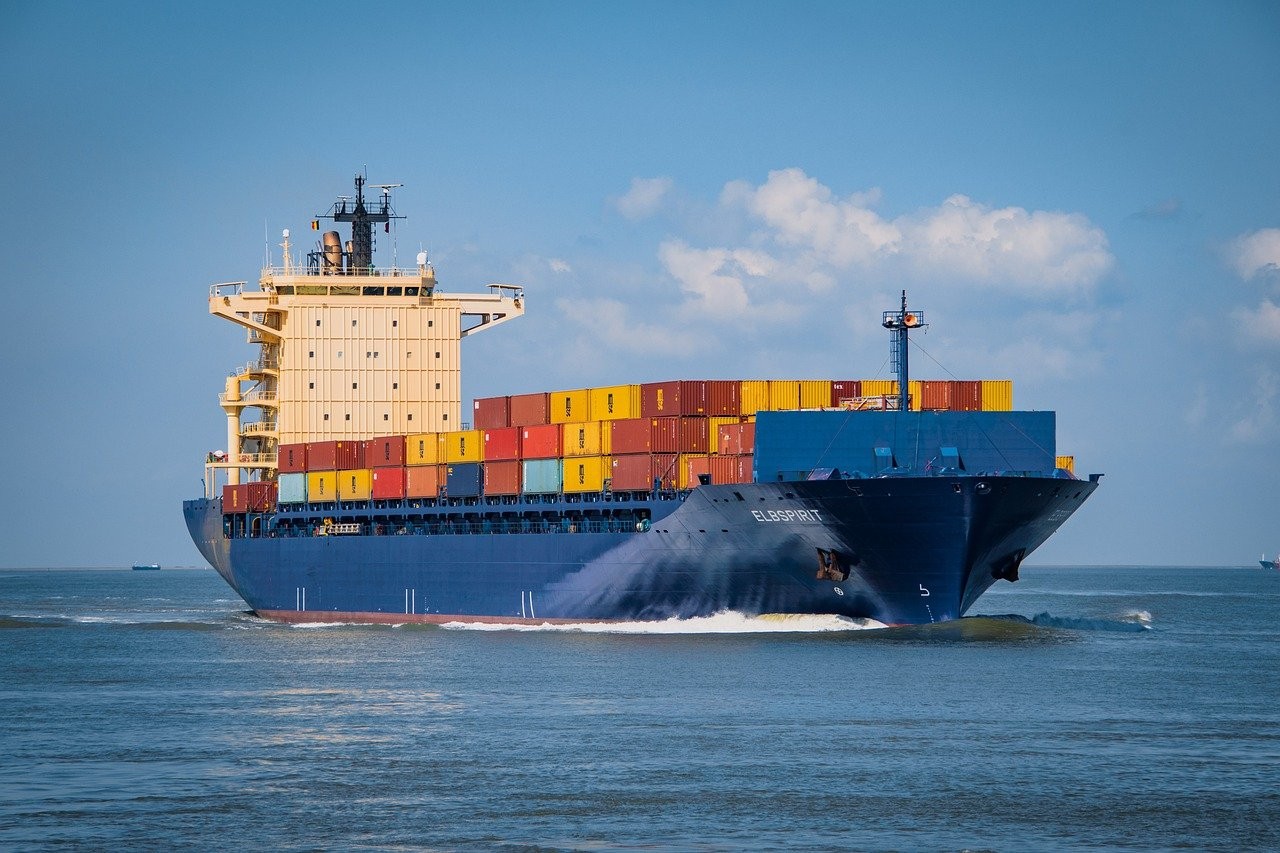

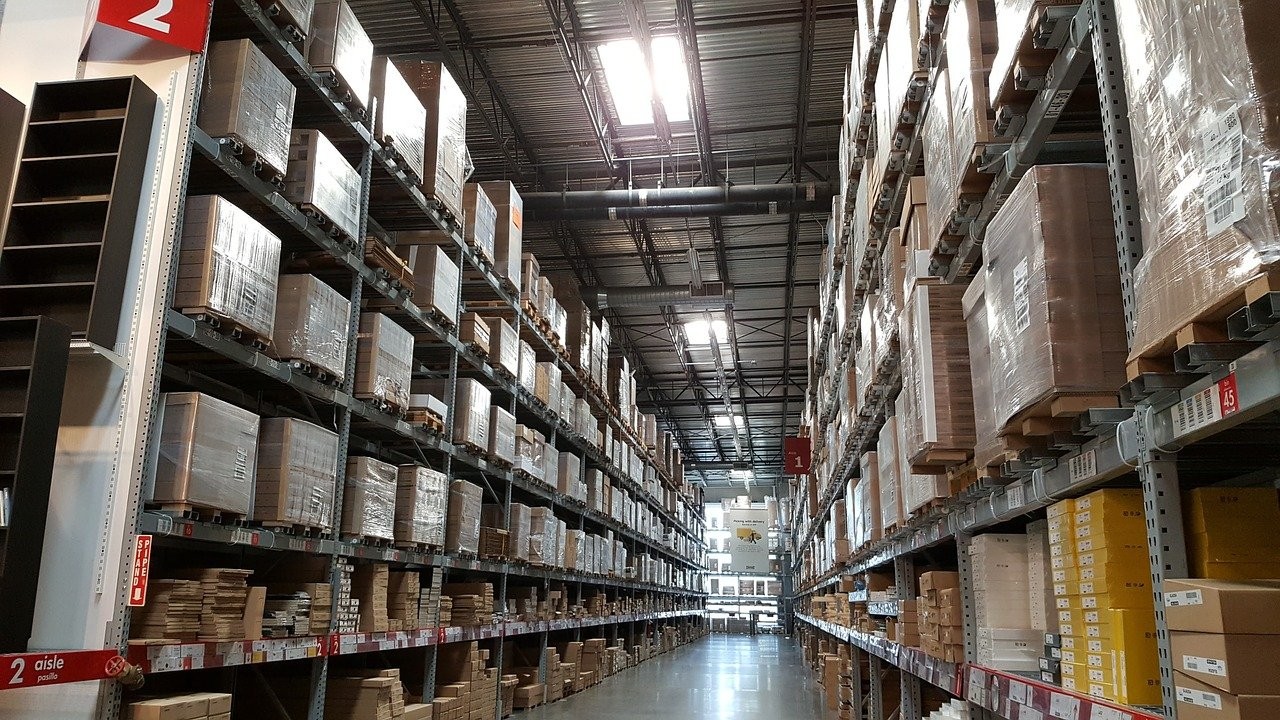
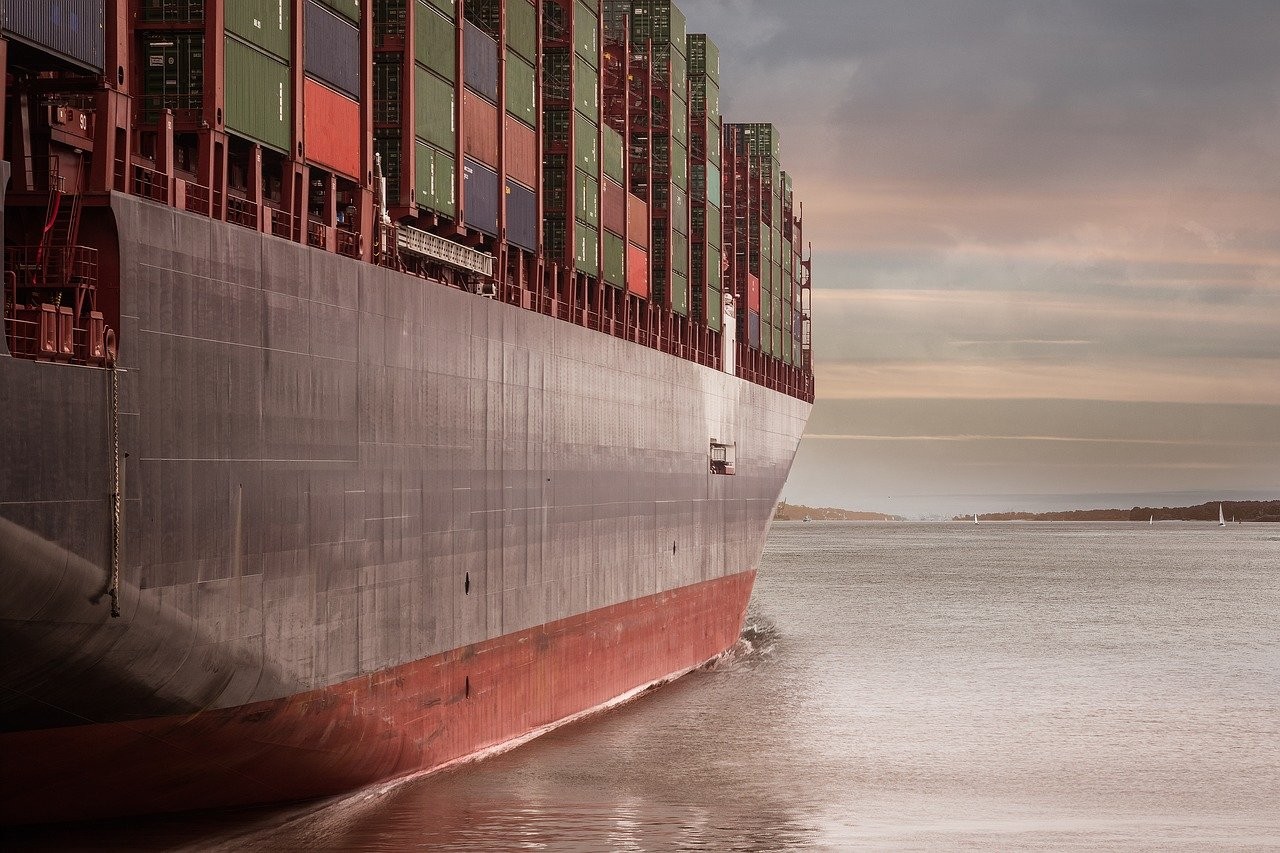
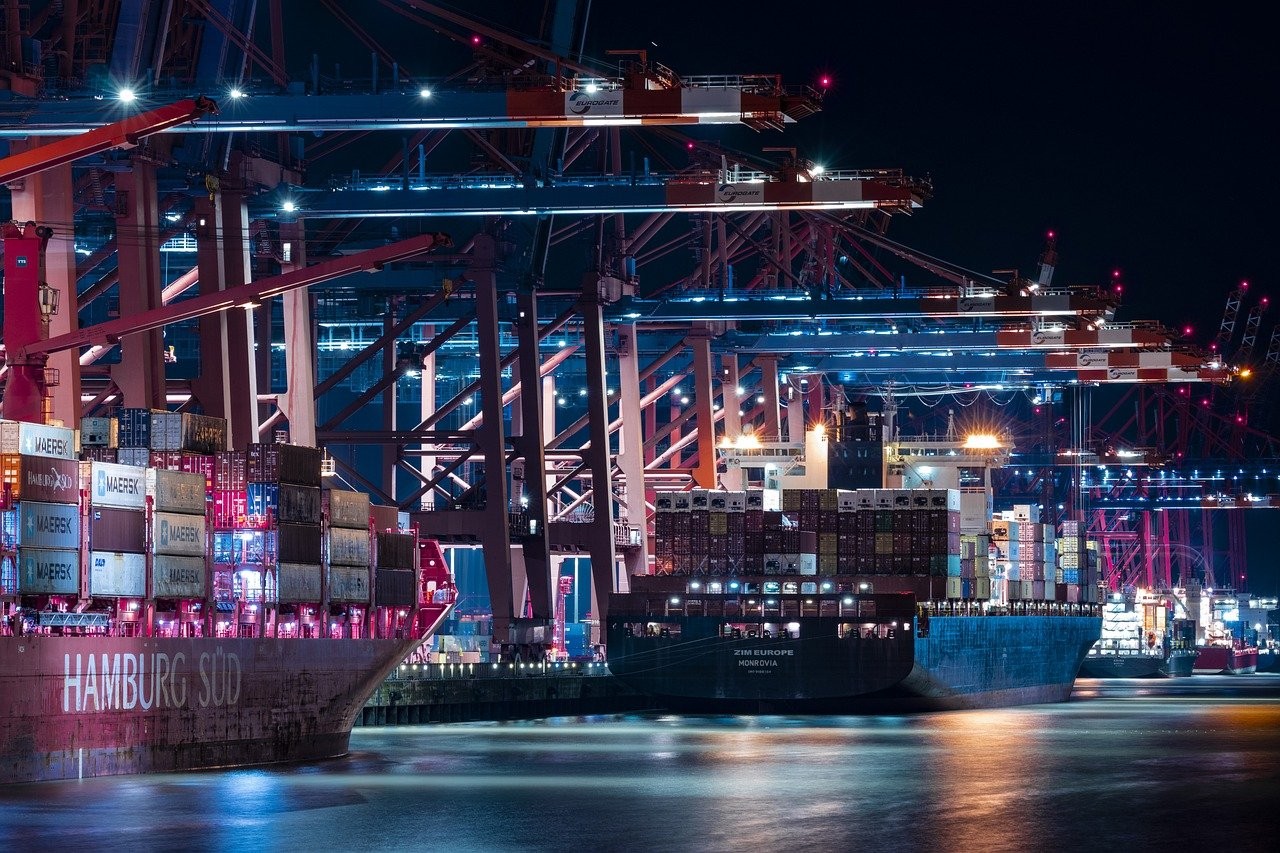
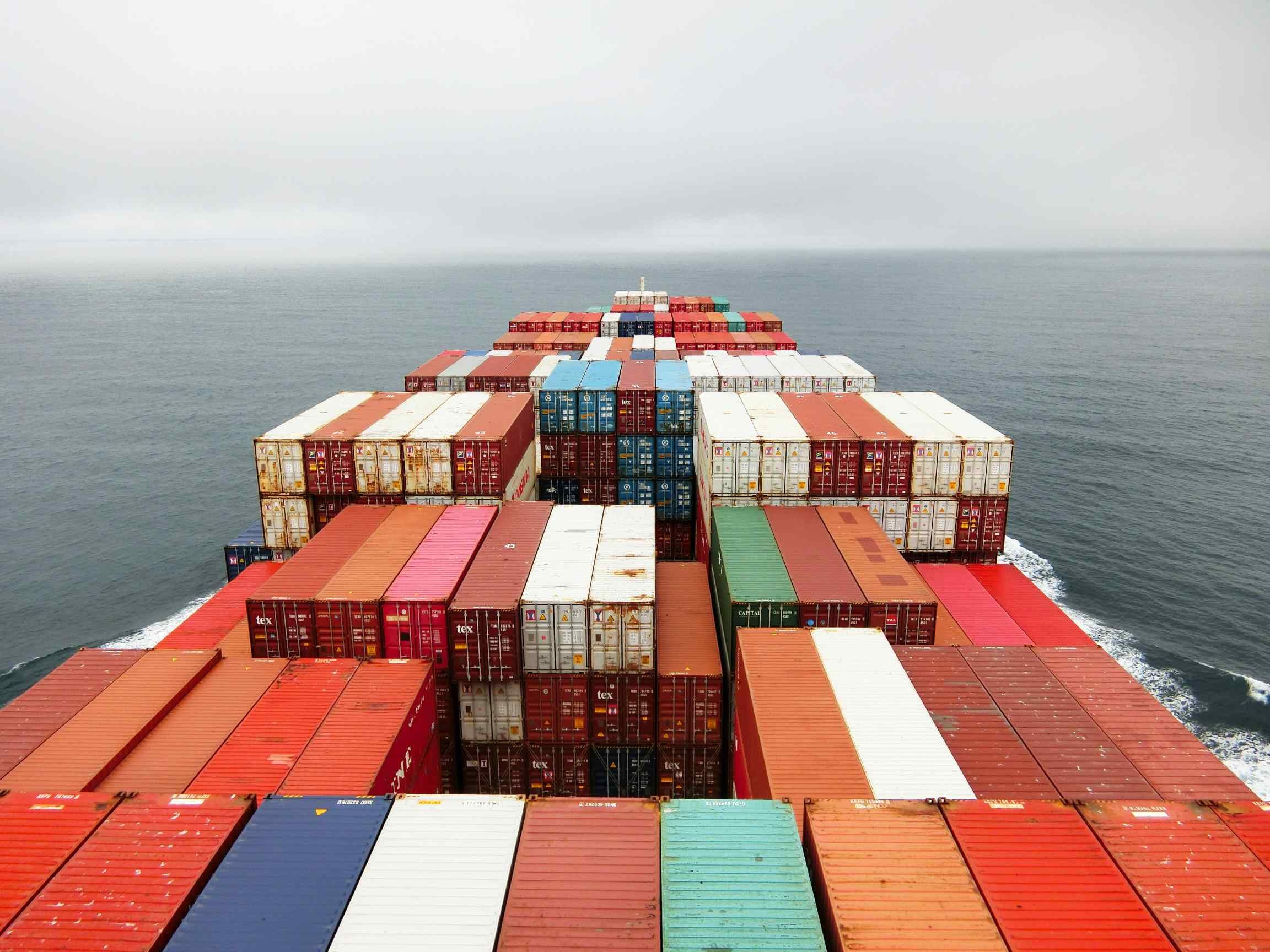
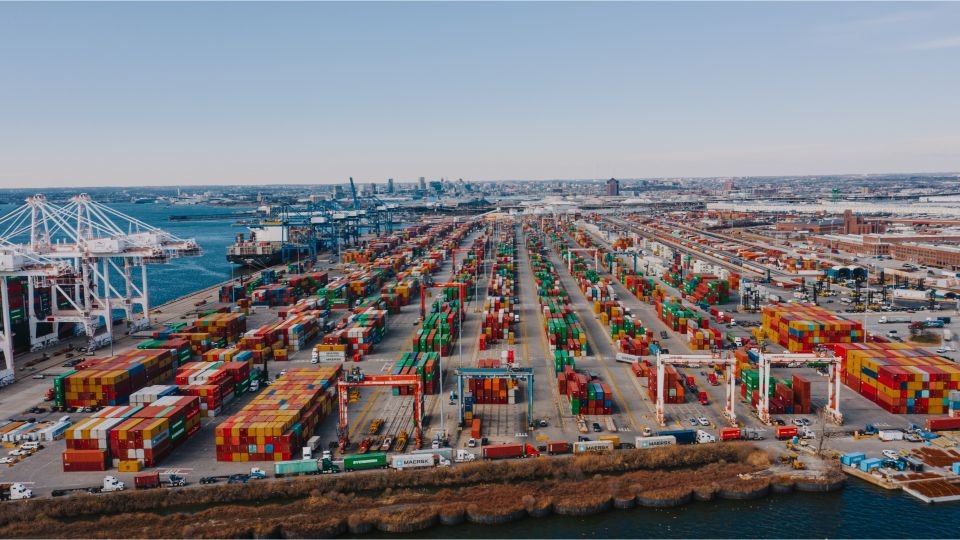

.png)